COVID-19 PANDEMIC TIMELINE
How the coronavirus started, spread and stalled life in New Zealand
Click here to skip to the latest updates
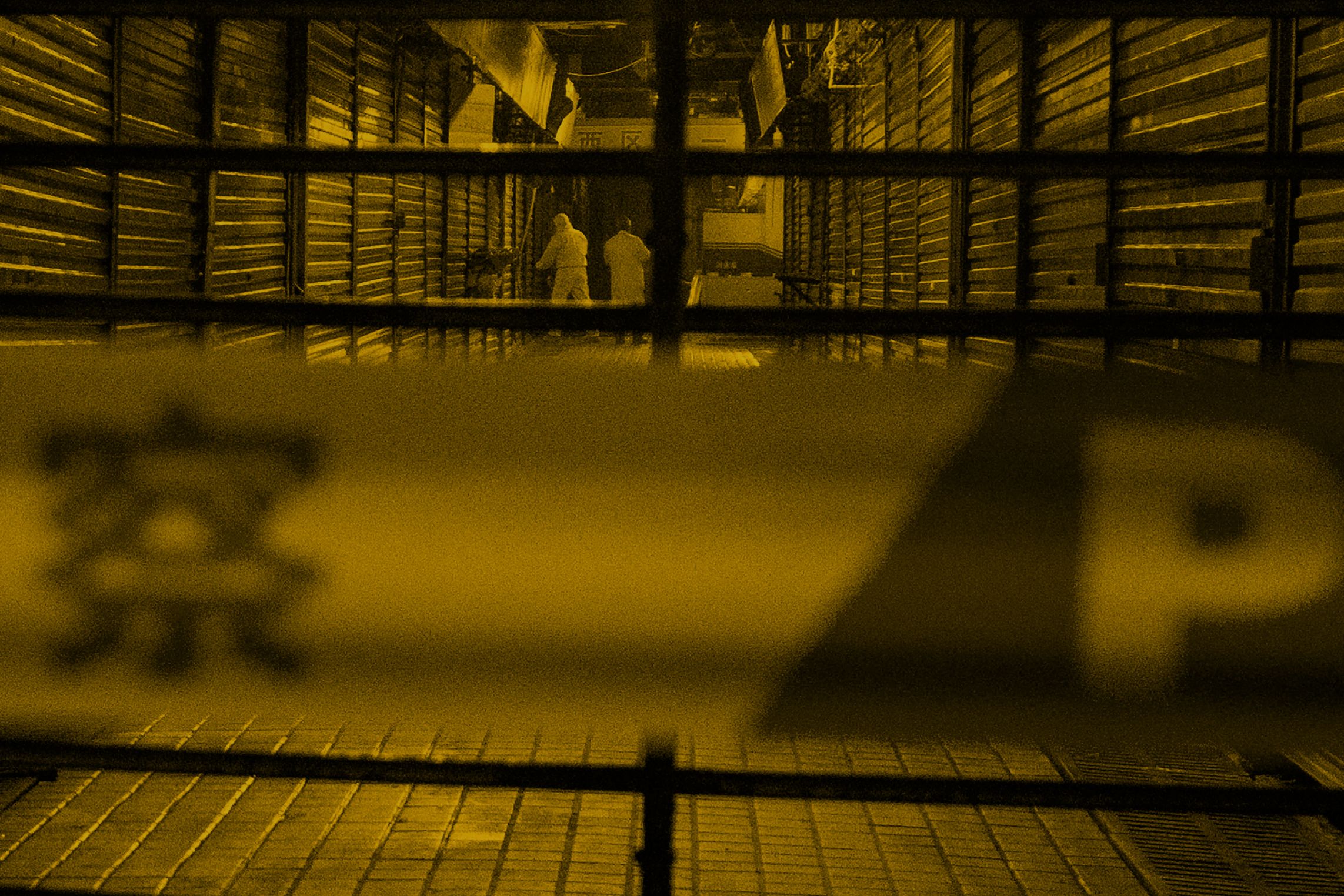
The economy is in turmoil, scared Kiwis are stockpiling and travellers are self-isolating. How did we get here? Susan Strongman traces Covid-19 from the first cases in China to the fall out in New Zealand.
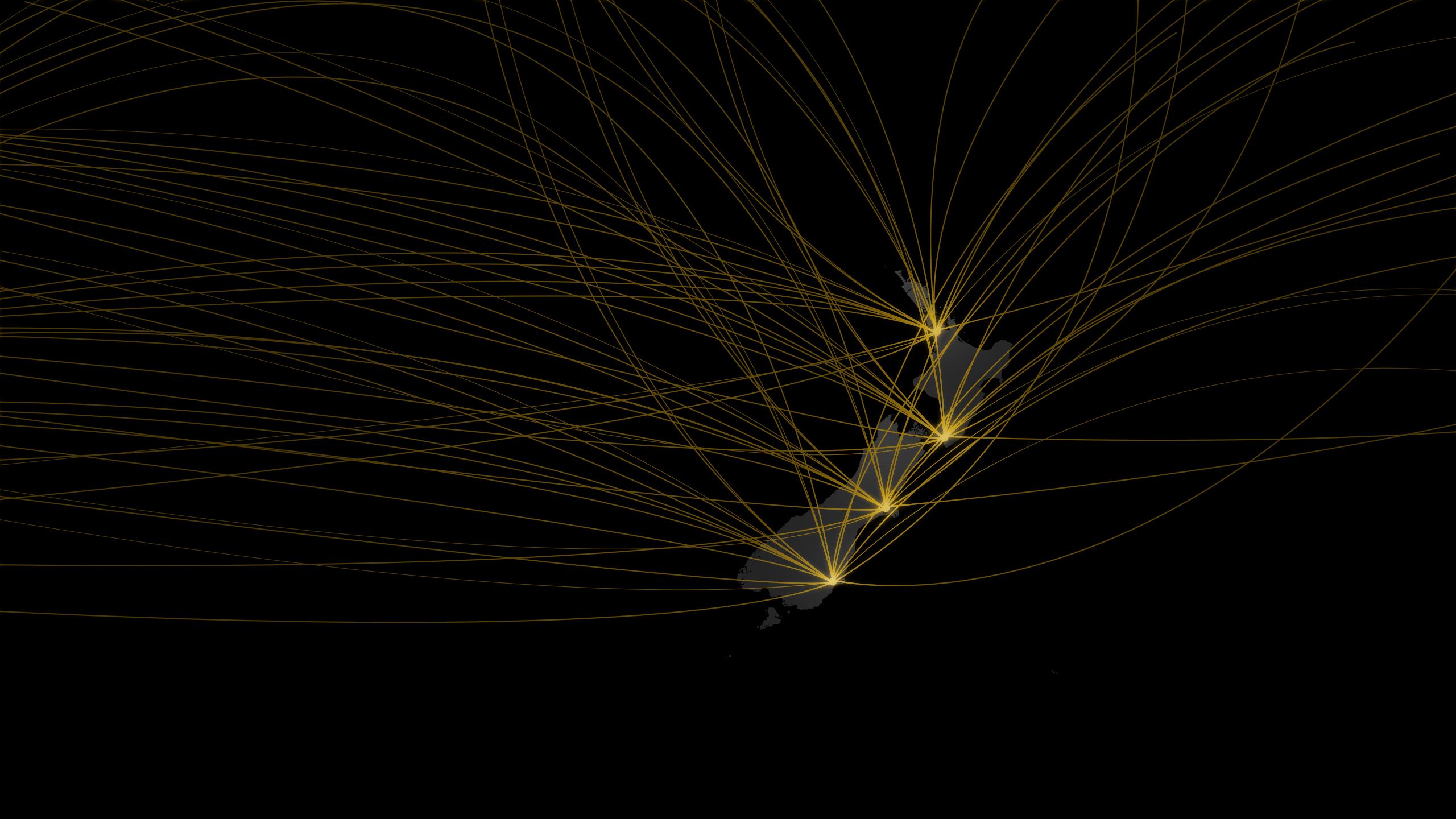
DECEMBER 2019
It starts as early as 1 December when, in Wuhan City, in the central Chinese province of Hubei, cases of pneumonia of an unknown cause surface. Near the end of the month, Li Wenliang, a Wuhan-based ophthalmologist, warns a group of fellow doctors about a possible outbreak of an illness that resembles severe acute respiratory syndrome (SARS). Police tell him to stop “making false comments”. On 31 December, the World Health Organisation (WHO) is told about the cases.
JANUARY 2020
From 31 December 2019 through 3 January 2020, 44 patients with the mysterious illness are reported to the WHO by Chinese authorities. More than half have links to the Huanan Seafood Wholesale Market in Wuhan. On 1 January, the market is closed.
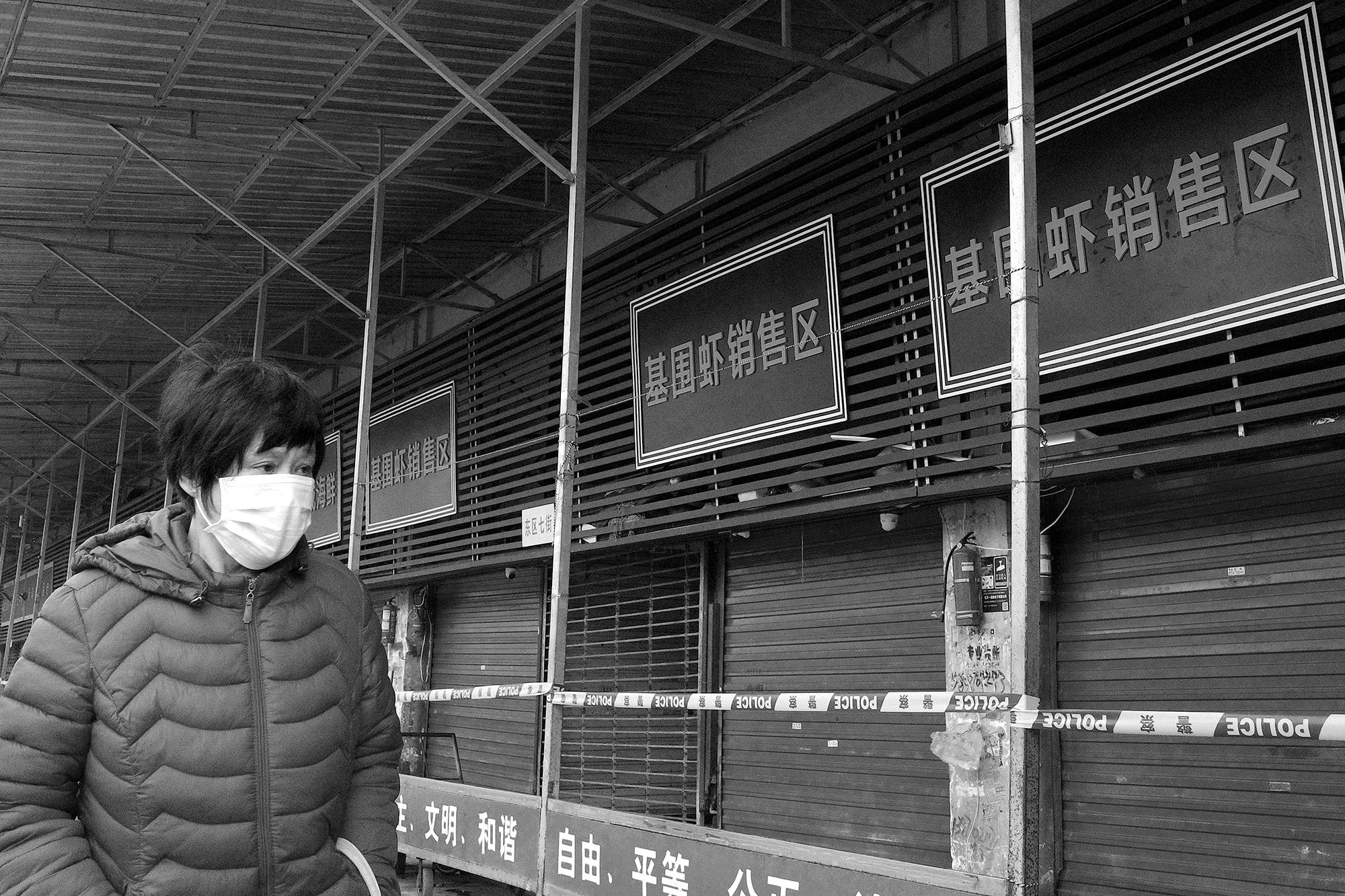
On 7 January, a new type of coronavirus is identified and isolated by Chinese authorities. Five days later, China shares the genetic sequence of the virus for countries to use in developing diagnostic kits.
Between 13 January and 20 January, cases of the virus spread through China and into Thailand, Japan and South Korea. By 23 January, the number of cases has risen to 581- with the virus reported in Taiwan, Hong Kong, Macau, and the United States - and 17 people have died. Public transport in Wuhan is suspended, with closure of airports, railway stations, and highways, and people are asked not to leave the city.
On 24 January, New Zealand's Ministry of Health sets up a team to monitor the situation, but says the current risk is low. The following day, three cases of the virus are confirmed in Australia. On January 27, public health staff begin meeting flights from China to look for signs of the virus. The global number of cases rises to nearly 2800 and the death toll reaches 80.
On 30 January, the government charters an Air New Zealand flight to evacuate New Zealanders from Wuhan. The following day, the WHO declares the outbreak to be a “public health emergency of international concern”.
FEBRUARY 2020
Reports of transmission of the virus among people who have not visited China begin to emerge. By 2 February, there are 14,557 confirmed cases of the virus and 305 deaths - including one in the Philippines, which is the first outside of China. A joint WHO-China research team says the epidemic peaked and plateaued in China between the 23 January and 2 February, and has been declining steadily since.
On 3 February, the New Zealand Government places entry restrictions on foreign nationals travelling here from, or transiting through, mainland China. Those who can enter the country must self-isolate for 14 days.
6 February
The chartered flight carrying 193 evacuees from Wuhan touches down in Auckland. Passengers are quarantined for 14 days at a naval base in Whangaparaoa.
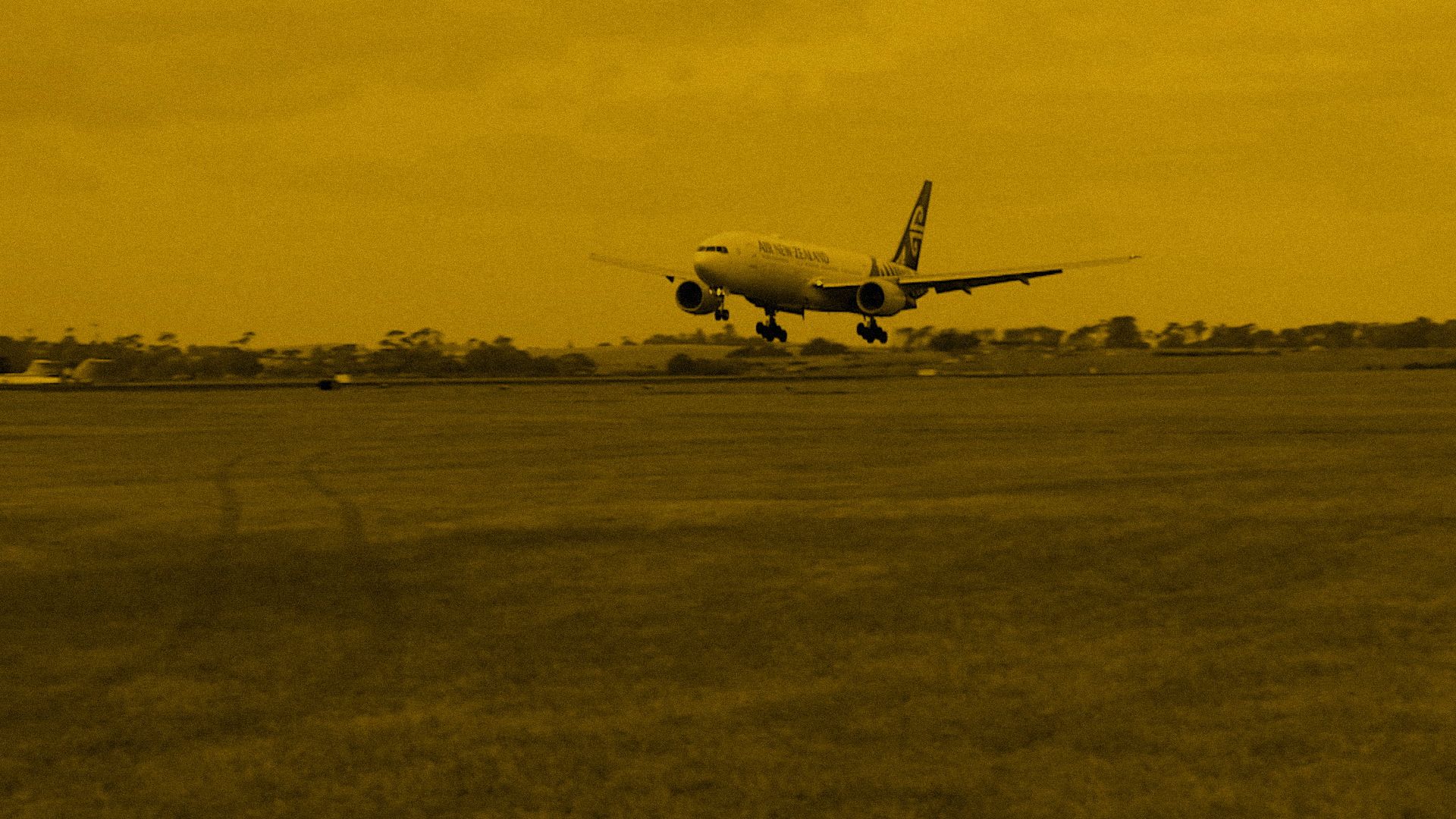
On 8 February, two New Zealanders aboard the cruise ship Diamond Princess, which is harboured in Yokohama, Japan, are confirmed to have the virus. A total of 64 passengers are infected and are quarantined in their cabins.
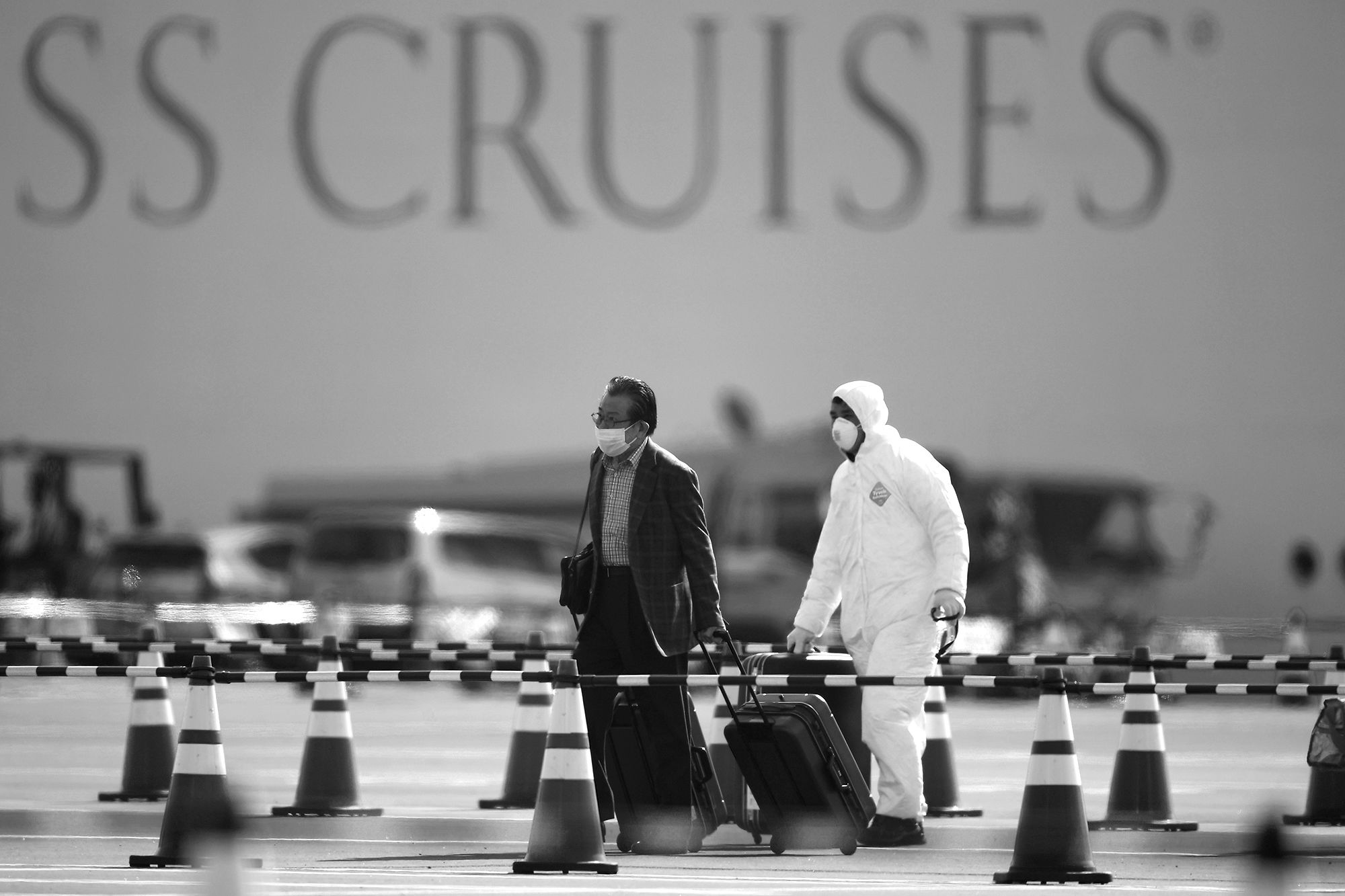
A passenger is escorted from the Diamond Princess
A passenger is escorted from the Diamond Princess
On 11 February, the WHO names the disease covid-19, short for “coronavirus disease 2019.” There are now 43,103 confirmed cases of the infection and 1018 people have died - more than the total number of deaths during the SARS outbreak of 2002-2004.
12 February
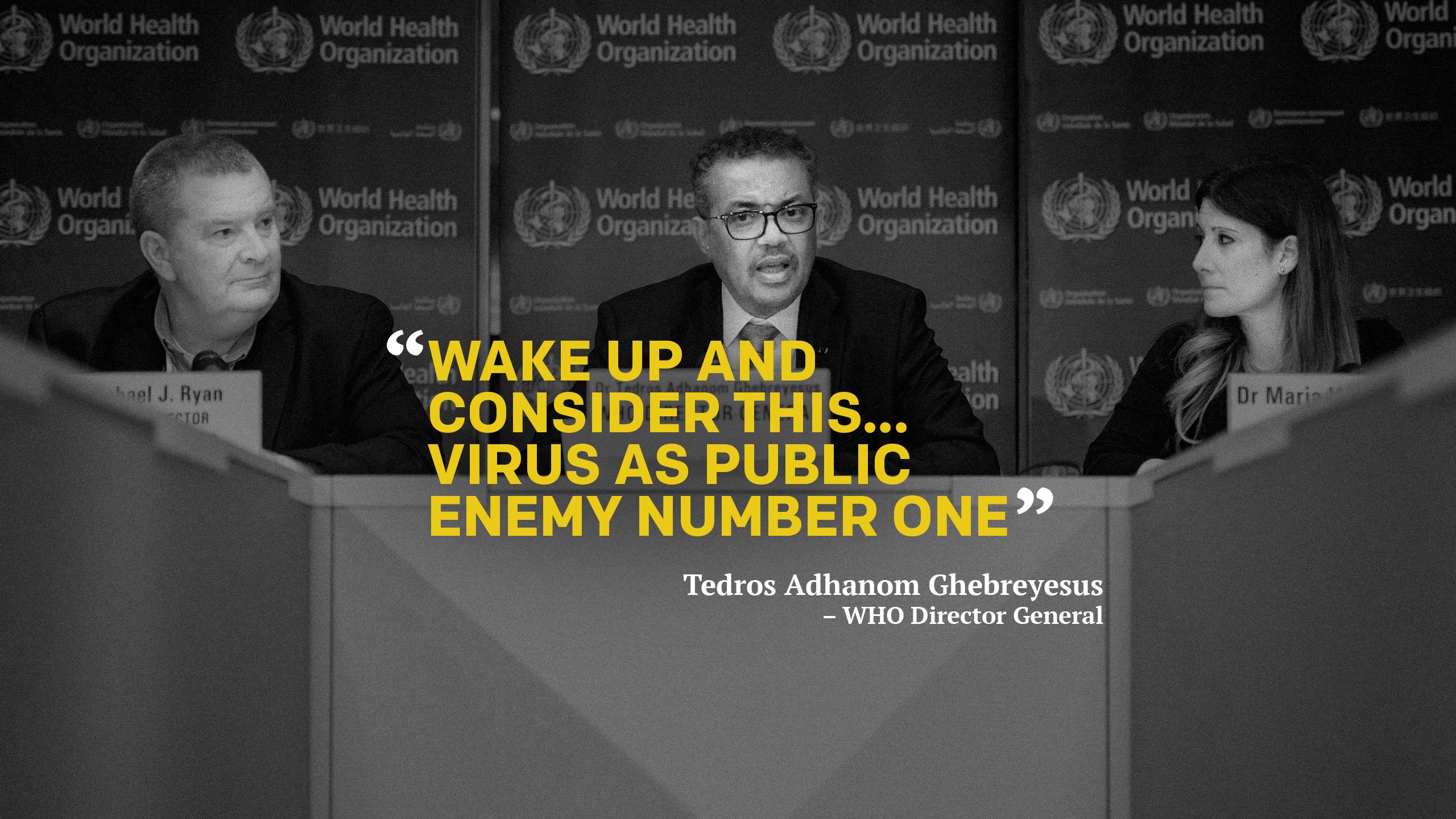
On 17 February, a Chinese tourist in France becomes the first person outside of Asia to die after contracting the virus. The WHO starts reporting both clinically and lab-confirmed cases of covid-19, accounting for an increase in cases to 71,429. Sixty million people in Hubei province are told to stay at home unless there is an emergency and the use of private cars is banned. The number of new cases in China drops for the third consecutive day.
On 19 February, the first case of covid-19 is reported in Iran. The quarantine of people evacuated from Wuhan to Whangaparaoa ends.
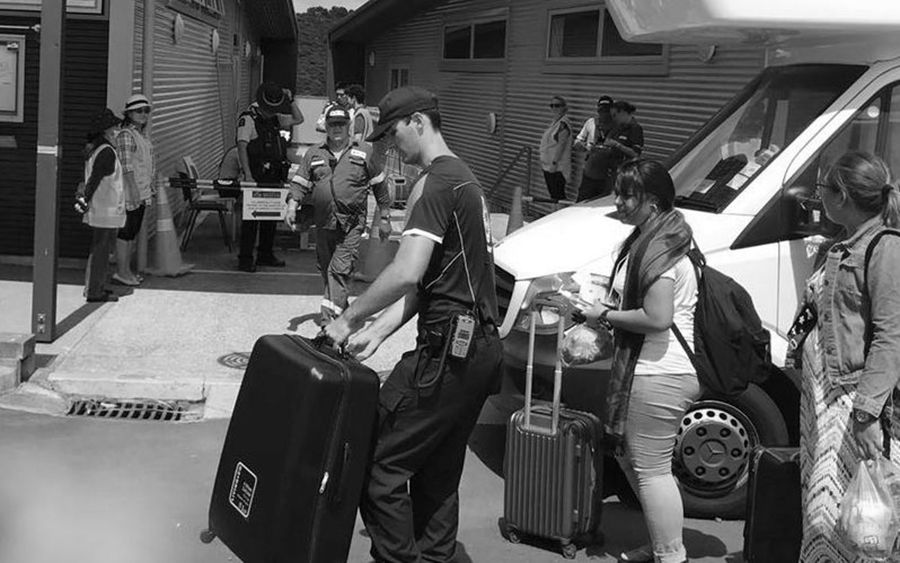
New Zealanders evacuated from Wuhan leave quarantine
New Zealanders evacuated from Wuhan leave quarantine
On 22 February, 634 cases are confirmed on the Diamond Princess cruise ship. Italy quarantines more than 50,000 people from 11 different municipalities in the north of the country.
Covid-19 cases:
Top 10 worst-affected countries as at 17 March
(excluding China)
By 24 February, there are 79,331 cases confirmed globally, 2069 of which are outside of China. The following day, Iran’s deputy health minister Iraj Harirchi tests positive for covid-19, as the country struggles to contain the outbreak.

Iraj Harirchi shows signs of illness at a press conference
Iraj Harirchi shows signs of illness at a press conference
On 26 February, for the first time, there are more new cases reported from countries outside of China (459) than from in China (412). The number of cases in Italy, Iran and South Korea is increasing.
New Zealand reports its first case of covid-19 on 28 February, in a person in their 60s who has travelled to Auckland from Iran. The government places restrictions on people travelling to New Zealand from Iran.
On 29 February, health staff begin meeting direct flights landing at New Zealand airports from Hong Kong, Japan, South Korea, Singapore and Thailand. Some supermarkets are swamped by people buying toilet paper, hand sanitiser and tinned food.
MARCH 2020
Australia and the United States both report their first covid-19 related deaths on 1 March. The following day, the global death toll tops 3000. The New Zealand government announces that anyone who has visited northern Italy and South Korea must self-isolate for 14 days.
On 4 March, an Auckland woman in her 30s who has visited northern Italy is confirmed as being the second case of Covid-19 in New Zealand.
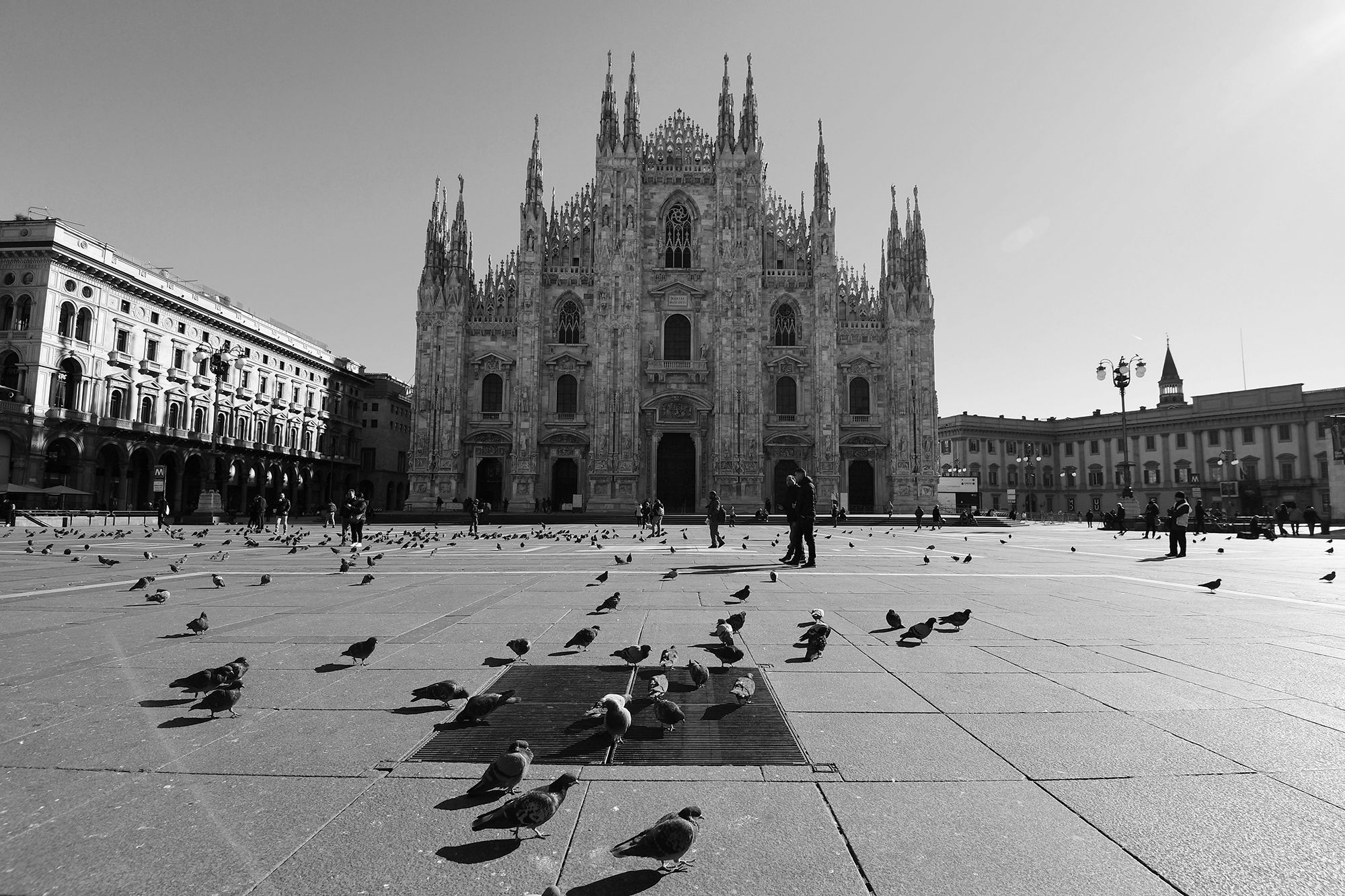
Milan’s usually packed Piazza del Duomo is almost empty
Milan’s usually packed Piazza del Duomo is almost empty
The next day, a third case of covid-19 is confirmed in Auckland in a man in his 40s whose family recently travelled from Iran. This is the first known person-to-person transmission in New Zealand.
On 6 March a fourth case of the virus is confirmed in New Zealand in an Auckland man in his 30s. He is the partner of the second case, announced on 4 March.
On 7 March a fifth case of covid-19 is confirmed in New Zealand - an Auckland woman in her 40s who is the partner of the third case.
The global number of reported cases of covid-19 surpasses 100,000, to 101,927.
By 8 March, more than 100 countries have reported cases of covid-19.
Italy prepares to lock down at least 16 million people in the region of Lombardy and in 11 other provinces in the north and east of the country. Two days later, Prime Minister Giuseppe Conte puts the entire country on lockdown.
On 11 March, the WHO declares an official pandemic.
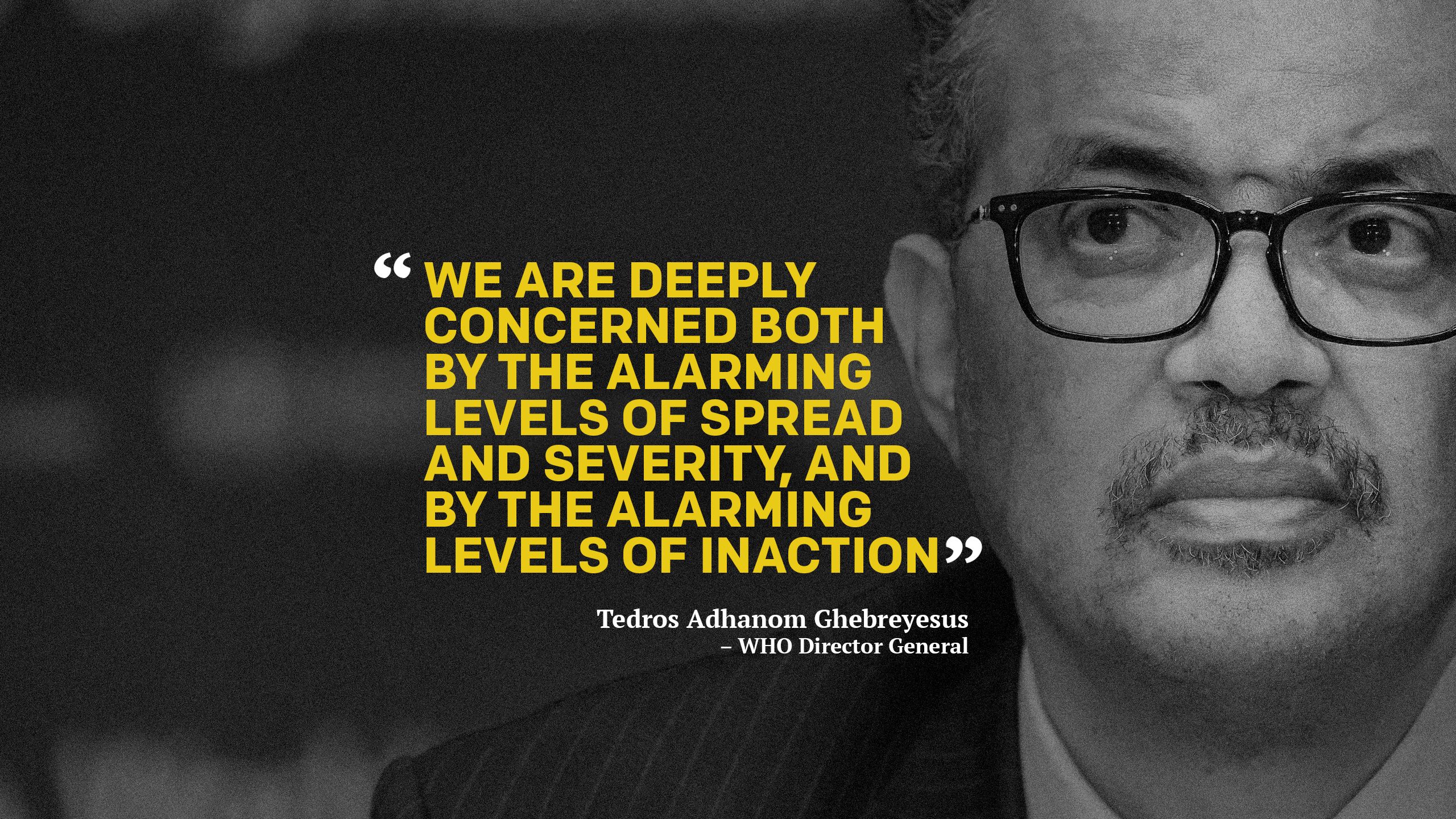
The first case of covid-19 is reported in French Polynesia on 12 March, and the United States suspends travel from Europe (excluding the United Kingdom, which is later included in the ban). There are now 125,260 confirmed cases of covid-19 and 4613 people have died.
On 13 March Auckland’s Pasifika Festival is cancelled due to concerns about the risk of the virus spreading into the Pacific. The Black Caps play Australia in an empty stadium in Sydney amid concerns about the spread of the virus. The rest of the tour is later called off.
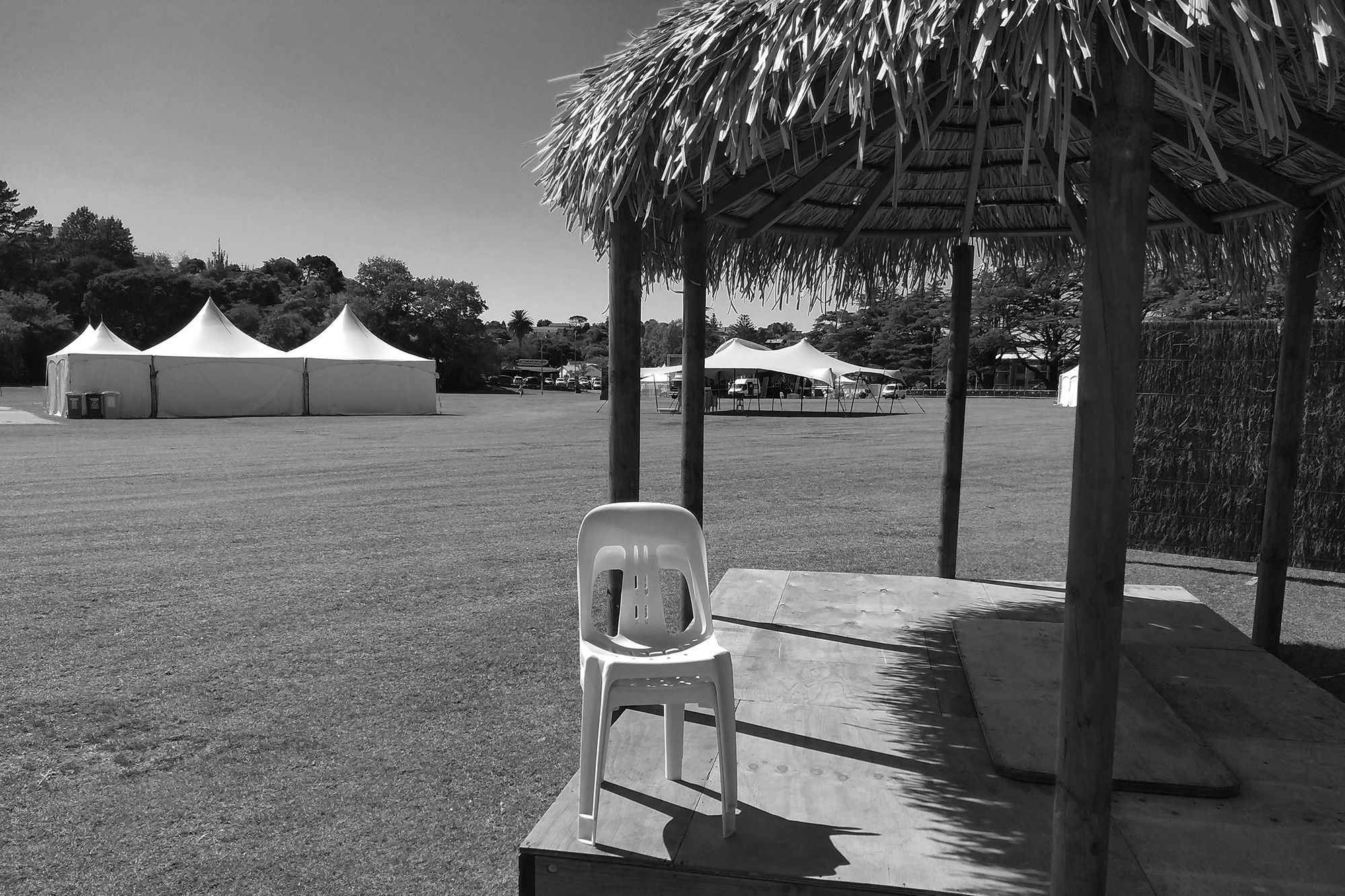
The abandoned Pasifika Festival site
The abandoned Pasifika Festival site
Europe is now the epicentre of the pandemic, with more reported cases and deaths there than in the rest of the world combined, apart from China. More cases are now being reported every day than were reported in China at the height of its epidemic.
New Zealand’s sixth case of covid-19 is confirmed on 14 March, in an Auckland man in his 60s who had travelled to the US.
The New Zealand Government announces anyone entering the country must self-isolate for 14 days, except those arriving from the Pacific. Cruise ships are banned from the country. Strict border measures for people travelling from New Zealand to the Pacific are put in place, including health assessment requirements.
Memorial services for the Christchurch terror attacks of 15 March, 2019 are cancelled.
On 15 March two more people test positive for the virus in New Zealand - a man in his 60s visiting Wellington from Australia; and a woman in her 30s from Denmark, who is in Queenstown. This brings the number of confirmed cases in New Zealand to eight. There are an additional two probable cases. France and Spain go into lockdown.
Finance Minister Grant Robertson says the government is expecting a serious blow to the economy from the effects of the virus and the travel ban.
On 16 March Prime Minister Jacinda Ardern says any tourists that enter New Zealand and don't self-quarantine will be deported.
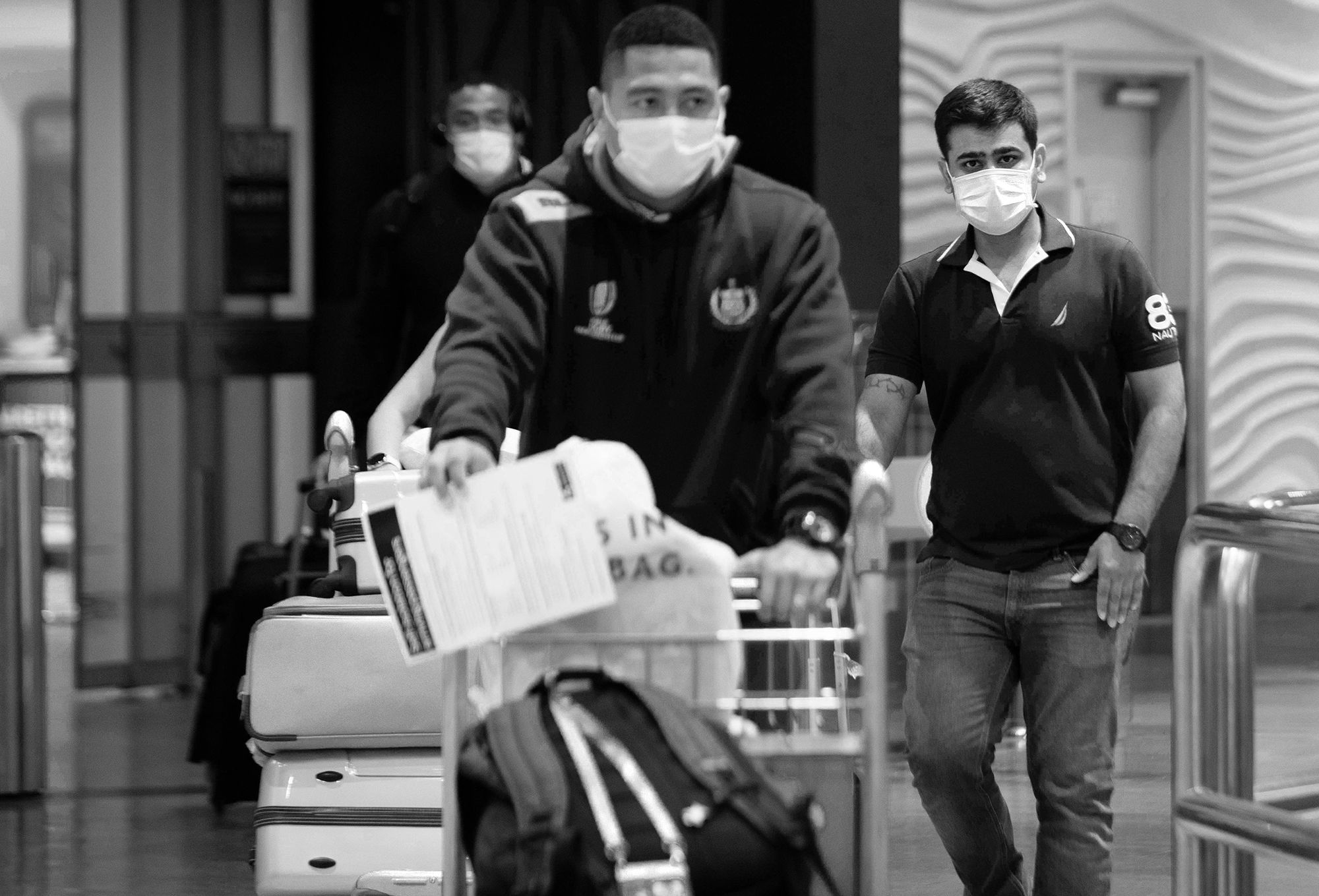
Travellers arrive at Auckland International Airport on 16 March
Travellers arrive at Auckland International Airport on 16 March
Air New Zealand halts share trading and slashes services, and the Reserve Bank announces an emergency official cash rate cut.
The total number of cases and deaths outside China has overtaken the total number of cases in China. Germany closes its borders with France, Austria and Switzerland, Canada shuts its borders to foreign nationals except US citizens. Other countries with border closures include Poland, the Czech Republic and Denmark.

By 17 March, three new cases are confirmed in New Zealand and Healthline is monitoring 2875 people in self-isolation. To date 7070 people have completed self-isolation. Meanwhile, financial markets around the globe continue to freefall.
To cushion the impact on New Zealand’s economy, the government announces a $12.1 billion package, worth 4 percent of the country’s GDP. The package includes a $500 million boost for health, $8.7 billion in support for businesses and jobs and $2.8 billion for income support and boosting consumer spending. A Dunedin school will close for the next two days, after a pupil is confirmed to be the country's 12th case of covid-19.
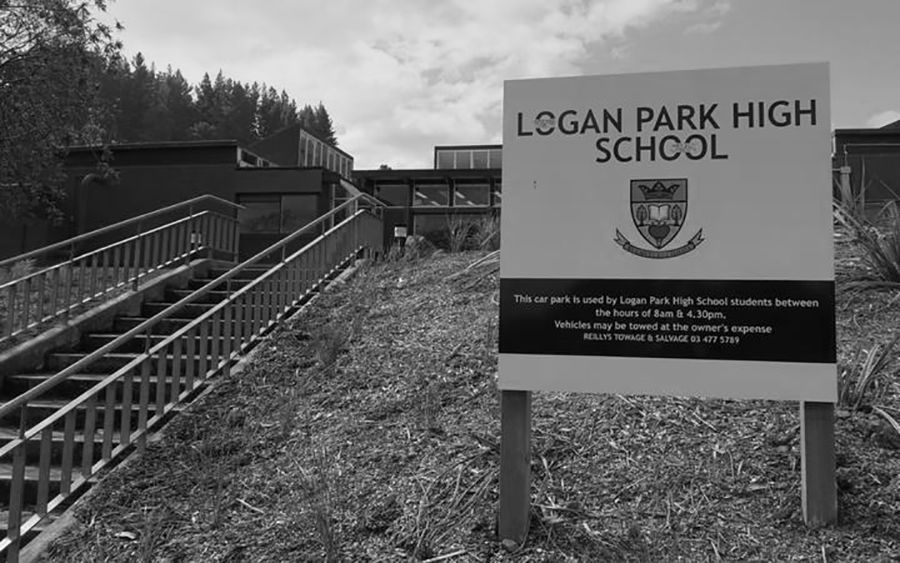
A Dunedin high school pupil tests positive for Covid-19
A Dunedin high school pupil tests positive for Covid-19
On 18 March, eight new cases of the virus are announced - four in Auckland, one in Christchurch, two in Waikato and one in Invercargill. All cases are in people who have returned to New Zealand from overseas. Globally, there are 191,127 cases of the virus and 7807 people have died.
The following day, 19 March, eight further cases are announced, bringing the total number in New Zealand to 28. Two of the new cases are in Southland, two are in Taranaki, one is in Rotorua, one is in Northland and two are in Auckland. Director-General of Health Dr Ashley Bloomfield says all cases are linked to overseas travel, meaning the coronavirus has not yet been transmitted in the community. All indoor gatherings of more than 100 people are to be cancelled. For the first time since the outbreak began, no new cases are reported in Wuhan, China.
For the first time in history, the government closes the country's borders to all but New Zealand citizens and permanent residents.
"I recognise how extraordinary this is," says Ardern as she announces the closure. "I'm not willing to take risks here."
On 20 March, 11 more cases of covid-19 are confirmed. Auckland Council closes pools, libraries, galleries and other community facilities for 14 days, and Air New Zealand’s shares plummet as it resumes trading after a four-day halt. The number of confirmed cases worldwide exceeds 200,000. It took more than three months to reach the first 100,000 cases, and only 12 days to reach the next 100,000.
“Today, I have a message for young people: you are not invincible,” says WHO director general Tedros Adhanom Ghebreyesus. “This virus could put you in hospital for weeks, or even kill you.”
On 21 March, 13 new cases of covid-19 are confirmed in New Zealand. The Ministry of Health is yet to establish links to overseas travel in two cases, one in Auckland and one in the Wairarapa, meaning community transmission cannot be ruled out. This brings the total number of cases in New Zealand to 52, with an additional four probable cases. Prime Minister Jacinda Ardern asks people 70 years old and older and people with compromised immune systems to stay at home as much as possible. She asks people who can work from home to do so, and says people should limit travel within the country.
The Government introduces a four-level alert system to help combat covid-19.
Ardern says the country is currently at level two, which means the risk of community transmission is growing.
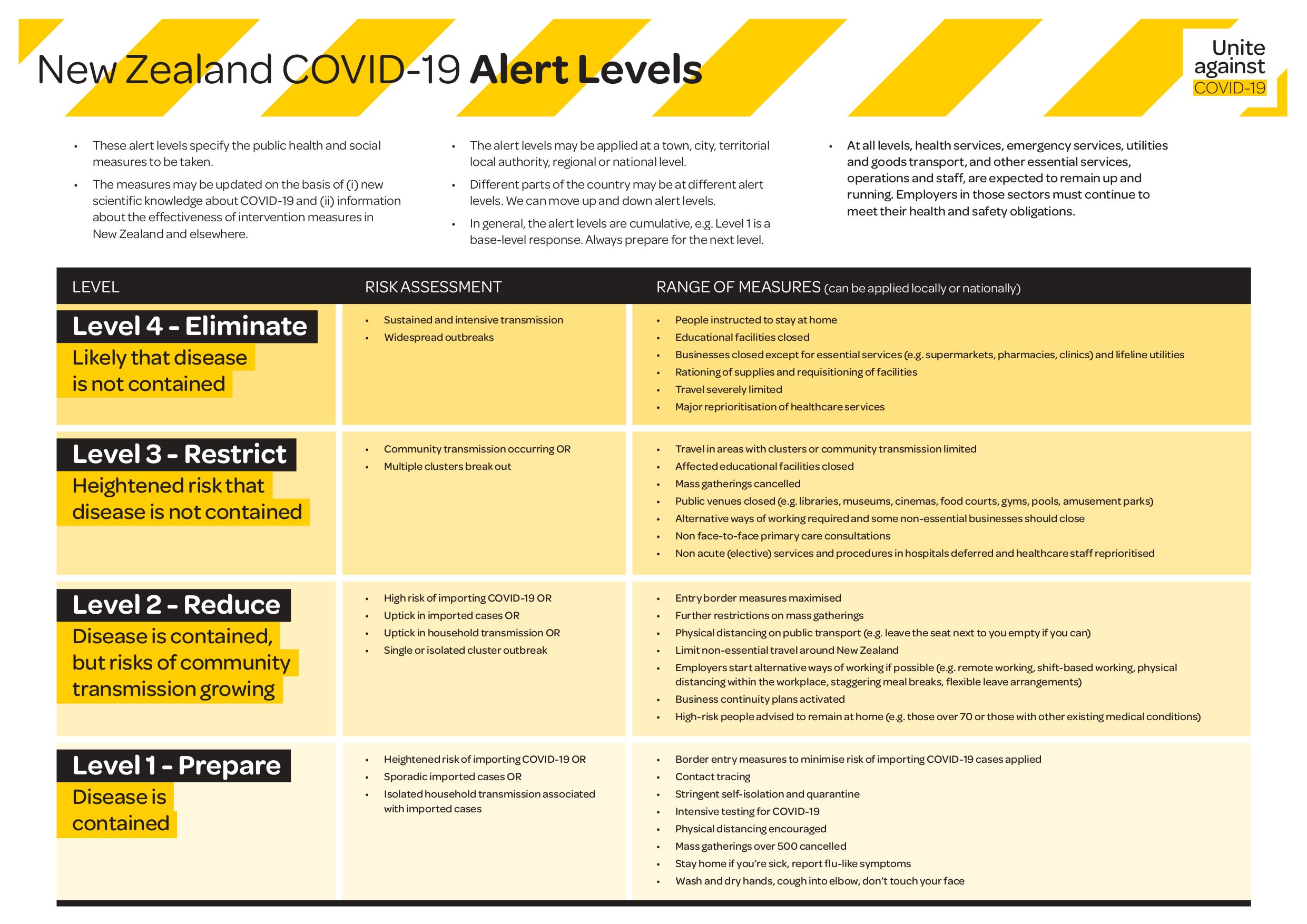
On 22 March, 14 new cases are confirmed in New Zealand, and community transmission is yet to be ruled out. Eleven of the new cases have a history of international travel and one is a close contact of a confirmed case. Five of the new cases are in Auckland, one is in Northland, one is in Canterbury, two are in New Plymouth, three are in Waikato, one is in Tauranga and one is in Dunedin. The total number of cases in New Zealand is now 66.
A 68-year-old woman dies in Guam - the first covid-19 related death in the Pacific. Other Pacific islands with cases of the virus are Fiji (2), Papua New Guinea (1), French Polynesia (11), New Caledonia (4) and Hawaii (48). Nauru, Tonga, Samoa and Tuvalu have all declared a state of emergency.
The following day, Monday 23 March, the number of cases in New Zealand surpasses 100. Director-General of Health Dr Ashley Bloomfield confirms 36 new cases, bringing the total to 102. The two cases confirmed on 21 March that could not be linked to overseas travel - one in Wairarapa and one in Auckland - are being treated as community transmission.
The Prime Minister announces the country has moved to alert level three, effective immediately.
This means there is a heightened risk that the disease is not contained, and that community transmission is occurring.
People are instructed to stay at home. Schools and other educational facilities will be closed from 24 March. All non-essential businesses will close (this excludes essential businesses like supermarkets, pharmacies and medical clinics.) Travel will be severely limited and healthcare services will be re-prioritised.
In 48 hours, the country will move to alert level four.
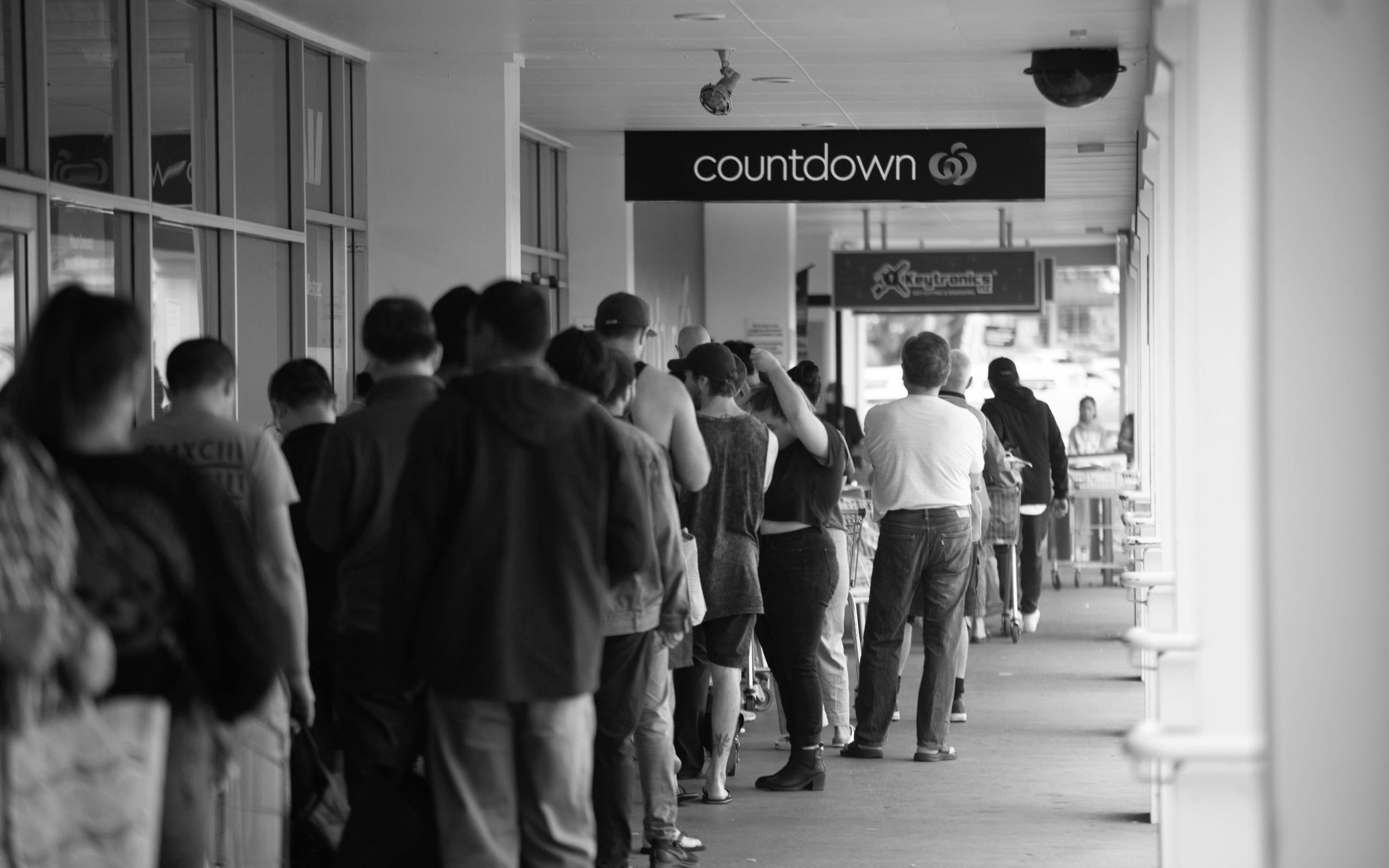
An Auckland supermarket after the Prime Minister's announcement
An Auckland supermarket after the Prime Minister's announcement
24 March
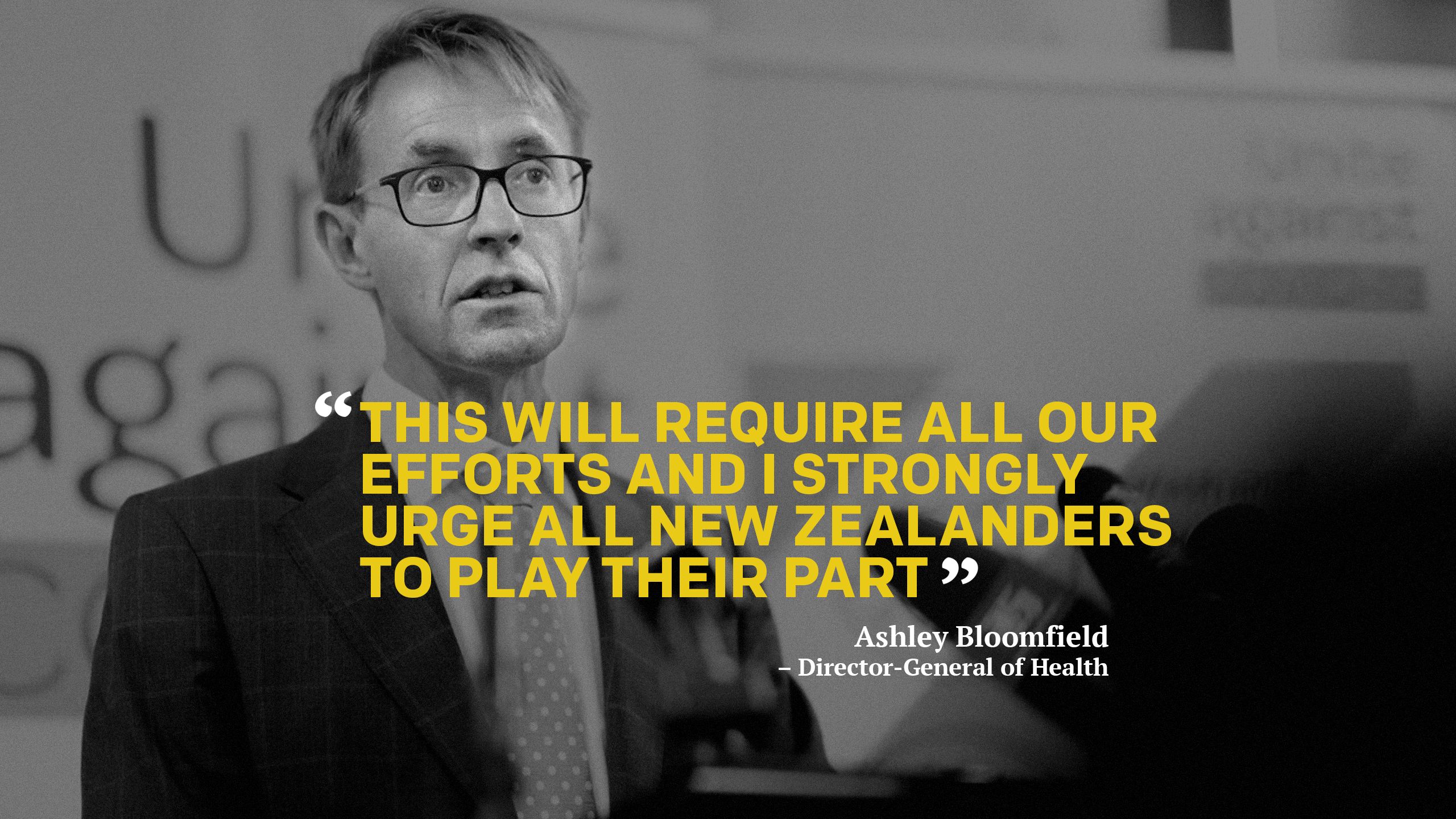
On 24 March, 43 new cases are announced. The Ministry of Health begins counting clinically confirmed as well as lab tested cases of the virus, accounting for an increase in the total number of cases to 155. Bloomfield says 12 people in New Zealand have recovered from covid-19.
There are now four cases of community transmission. Two are in a couple from Orewa, Auckland, with one other case in Auckland and one case in the Wairarapa.
"As you will all be aware, we are preparing to move to alert level four," Bloomfield says. "There is a clear consensus that the sooner we do this the better and this gives New Zealand our best chance of breaking the chain of community transmission."
The following day, 25 March, the Olympic Games are postponed, to 2021. Globally, there are 372,757 confirmed cases of covid-19 and 16,231 people have died.
In New Zealand, a state of emergency is declared, as the country prepares to go into lock-down at midnight, for a minimum of four weeks.
Fifty new cases of the virus are announced. Director-General of Health Dr Ashley Bloomfield says the number is likely to increase over the next 10 days, as people who have been exposed to the virus begin to show symptoms.
11:59pm, 25 March
New Zealand moves to alert level four, and the entire nation goes into self-isolation. “We have a window of opportunity to stay home, break the chain of transmission, and save lives,” says Prime Minister Jacinda Ardern. “It’s that simple.”
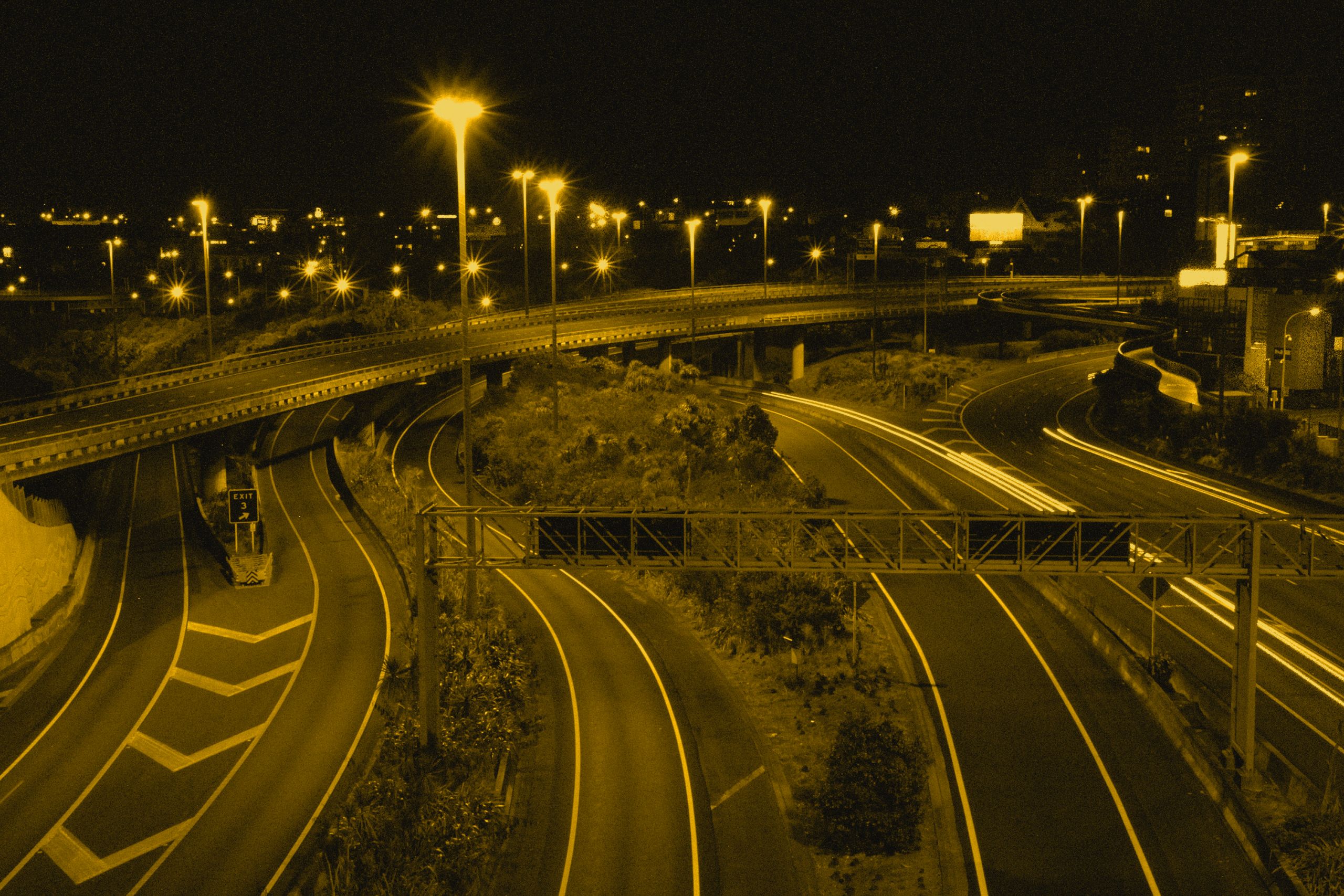
26 March
Normally bustling streets are empty as New Zealand enters day one of lockdown. 78 new cases of covid-19 are announced, bringing the number of cases to 283. Director-General of Health Ashley Bloomfield warns New Zealand may see thousands of cases before the turnaround point.
In Europe, covid-19 continues to spread rapidly. Italy now has 69,176 cases of the virus, Spain has 39,673 , Germany has 31,554, and France has 22,025.
As New Zealand enters its second day of lockdown, on 27 March, the Health Ministry announces 85 new cases of covid-19, bringing the total number of cases to 368.
The following day, 83 new cases are announced in New Zealand. The majority of cases are still directly linked to overseas travel or other confirmed cases. The global number of cases has surpassed half a million, to 509,164 .
On 29 March, New Zealand reports its first covid-19 related death, in a woman in her 70s from the West Coast region. 63 new cases of the virus are reported, bringing the total number to 514. The following day, 76 new cases of the virus are announced in New Zealand. Director-General of Health Ashley Bloomfield says about 2 percent of cases - in approximately 10 people - appear to be the result of community transmission.
On 31 March, Bloomfield announces 58 new cases of covid-19, bringing the New Zealand total to 647. He says 74 people have recovered.

APRIL 2020
On 1 April, Health Ministry Director of Public Health Dr Caroline McElnay says there are 61 new cases, and 82 people have recovered. There are 14 people hospitalised with the virus in New Zealand, including two who are in intensive care units, but are in a stable condition.
On 2 April, New Zealand has its biggest increase in one day, as the Health Ministry confirms 89 new cases of covid-19, bringing the total number to 797.
On 3 April, there are 71 new cases, and Finance Minister Grant Robertson announces legislation to make changes to the Companies Act. He says it will help struggling businesses, by, among other things, letting them place existing debts into hibernation until they start trading normally again, and allowing company directors facing liquidity problems a ‘safe harbour’ from insolvency duties.
On Saturday 4 April, there are 82 new cases of Covid-19 bringing the national total to 950. Officials have repeatedly said the effects of the lockdown won't be seen for 10 to 12 days. This is day 10 of the lockdown.
The following day, 89 new cases are announced, bringing New Zealand's total to 1039. There are now 12 clusters of covid-19 in the country. A cluster is where there are 10 or more infections from the same place.
On 6 April, day 12 of the lockdown, 67 new cases are announced. Just under 40,000 tests for the virus have been carried out so far. Globally, the number of cases has climbed above 1 million and more than 50,000 people have died. In the UK, Prime Minister Boris Johnson is hospitalised, 10 days after testing positive for the virus.
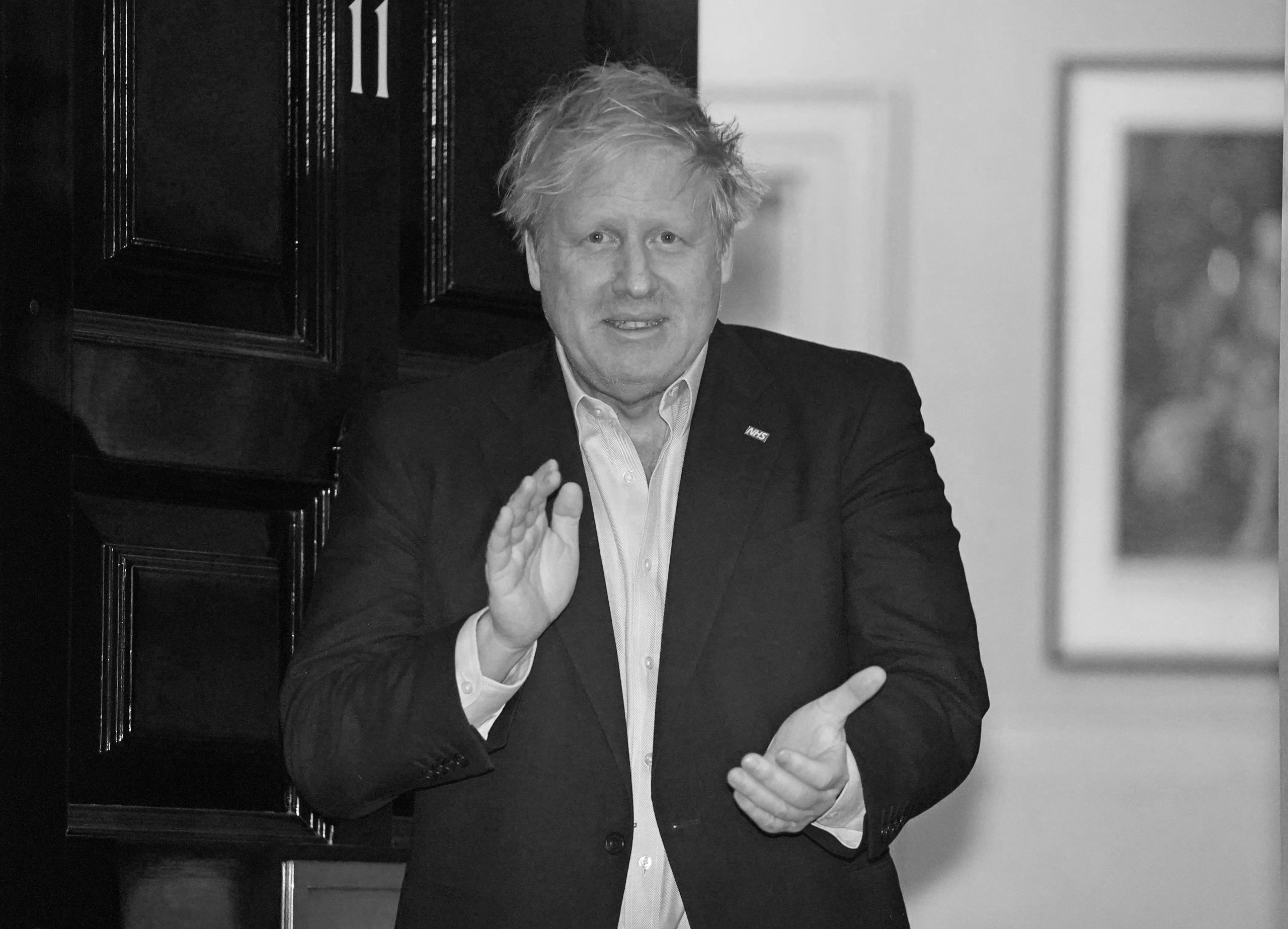
UK Prime Minister Boris Johnson
UK Prime Minister Boris Johnson
On 7 April, 54 new cases are announced, bringing the New Zealand total to 1160 cases of covid-19. In the past day, 65 people have recovered. This is the first time recoveries have exceeded new cases. Prime Minister Jacinda Ardern says the rates suggest the lockdown is working. Health Minister David Clark is demoted after admitting to having taken his family to the beach, in breach of lockdown rules. Almost 4100 tests for the virus are processed.
The following day, two weeks into lockdown, 50 new cases are announced. In the past 24 hours, 41 people infected with covid-19 have recovered. Director-General of Health Ashley Bloomfield says 12 people are in hospital, including four who are in intensive care. Two people are in a critical condition. He says the rate of community transmission remains at about 2 percent.
On 9 April, 29 new cases of the virus are reported. This is the lowest number of new cases since 23 March, before the lockdown began. "In the face of the greatest threat to human health that we have faced in over a century, Kiwis have quietly and collectively implemented a nationwide wall of defence," the Prime Minister says. "You are breaking the chain of transmission and you did it for each other."
But the following day, Good Friday, the number rises again, as 44 new cases are reported. A second death is also reported. This time, in a Christchurch woman in her 90s.
On 11 April, the number drops back down to 29 new cases. Two new deaths are announced by Health Ministry Director of Public Health Dr Caroline McElnay. One is a Wellington man in his 80s and another is a man in his 70s who was at Burwood Hospital in Christchurch. The Christchurch man was from the same rest home as the woman who died yesterday. The following day, Easter Sunday, the number of new cases drops to 18 and no deaths are reported. The total number of cases is now 1330. This is New Zealand's 18th day in lockdown.
The following day, 13 April, a fifth covid-19 related death is announced - in a man is his 80s, who was being cared for at Burwood Hospital after being transferred from Rosewood Resthome in Christchurch. The number of new cases remains steady, at 19.
Four more covid-19 related deaths are announced on 14 April, bringing the country's death toll to nine. All four deaths are in men, and three are linked to the cluster at the Rosewood Rest Home in Christchurch. Seventeen new cases of the virus are confirmed.
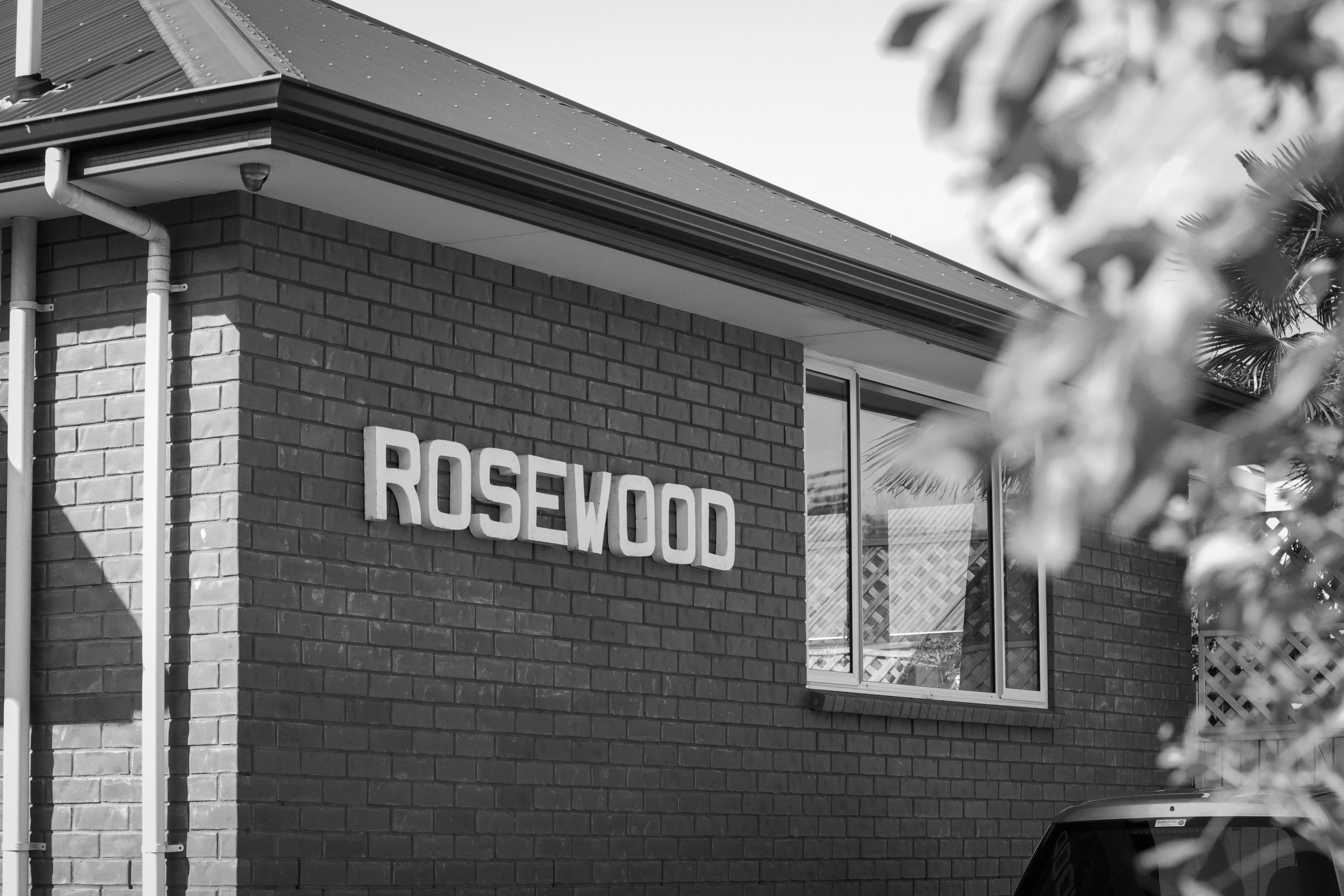
Rosewood aged care facility in Christchurch
Rosewood aged care facility in Christchurch
On 15 April, 20 new cases of covid-19 are announced, bringing the total number of cases to 1386. There are currently 649 active cases of the disease. The following day, 15 new cases are announced and Prime Minister Jacinda Ardern speaks about what a move out of lockdown and into alert level three will look like.
Two deaths and eight new cases of covid-19 are announced on 17 April. Both deaths are linked to clusters: A man in his 90s, who died at Waikato Hospital, was connected to a Matamata cluster, and a woman in her 80s was at Burwood Hospital in Christchurch. The death toll is now at 11. Globally, the number of coronavirus cases has surpassed two million. In the US, more than 30,000 people have died. A clinical trial into the efficacy of 16 drugs on patients with covid-19 is being led by New Zealand researchers.
On 18 April, there are 13 new cases of covid-19 in New Zealand, bringing the total number of cases to 1422. With 867 people having recovered, the total number of active cases is 555. The WHO releases data on covid-19 cases by age and sex. The sex ratio (male to female) among confirmed cases is 1.03:1. The median age is 51.
On 19 April, nine new cases are confirmed. A death that occurred in Invercargill last week is confirmed to be covid-19 related, bringing the country's death toll to 12.
On 20 April, nine new cases are reported. The Prime Minister announces the country will remain in level four lockdown for an additional five days, to 11.59pm on 27 April. New Zealand will remain at level three for two weeks, before the alert status is reviewed.
"Sadly, today I am reporting the death of a woman in her 70s who had covid-19 infection," Dr Ashley Bloomfield says at the daily news conference on 21 April. The woman was at a rest home in Te Atatu, Auckland. Dr Bloomfield says five new cases have been identified in the last day.
On 22 April, six new cases and an additional death are reported. The latest death is a woman in her 80s, who was a resident of the Rosewood Rest Home in Christchurch, where covid-19 has led to multiple deaths. On 23 April, day 29 of lockdown, three new cases of covid-19 and two deaths are reported. One death was a woman in her 60s who was in intensive care in Dunedin Hospital. The other was a man in his 70s who was at Rosewood Rest Home.
On 24 April, five new cases of covid-19 are reported. The total in New Zealand is now 1456, with 1095 people recovered. The death toll is now 17. A death reported today was in a man in his 60s, who is the tenth person from the Rosewood Rest Home cluster to die. Worldwide cases of covid-19 have surpassed 2.6 million, with more than 186,000 deaths, according to Johns Hopkins University CSSE's coronavirus map.
On Anzac Day, there are five new cases of covid-19. Another death is reported - a woman in her 70s died in Waitakere hospital, Auckland, where she had been transferred from St Margarets Hospital and Rest Home. This is the second death linked to the Te Atatu rest home. On 26 April, nine new cases are reported. Four are linked to existing clusters, and five are linked to known confirmed cases.
The following day, Monday 27 April, another resident of St Margarets Hospital and Rest Home - a woman in her 90s - is reported to have died. This brings the country's death toll to 19. The global death toll has surpassed 200,000 and confirmed cases are expected to reach 3 million in the coming days. As five new cases of covid-19 are reported in New Zealand, the country prepares to move into alert level three at 11.59pm.
Across the country, queues form outside fast food drive-throughs in the early hours of Tuesday 28 April, as New Zealand moves into alert level three. The change means food outlets like McDonalds can operate as long as they do so with strict physical distancing practices in place. The country will remain at this level for at least two weeks. On 11 May, Cabinet will announce the nation's next step in the fight against covid-19. At the daily 1pm media conference, three new cases - made up of two confirmed and one probable - are announced, with no new deaths. Prime Minister Jacinda Ardern says with more people returning to work under alert level three, the country needs to be even more vigilant, to prevent any inadvertent spreading of the virus. "There are still some smouldering ashes out there and it has the potential to become a wildfire," she says, quoting microbiologist Dr Siouxsie Wiles.
On 29 April - day two of lockdown level three - two new cases of covid-19 are reported, bringing the total number of confirmed and probable cases of the disease to 1474. The Prime Minister says that yesterday, about 4 percent of children returned to early childhood education facilities and about 1 percent returned to schools.
The following day, three new cases are announced. One is linked to an existing case and the other two are under investigation.
MAY 2020
On 1 May, three new cases of covid-19 are confirmed. The following day, six, new cases are confirmed, as well as the death of a man, George Hollings, who was part of the Rosewood Rest Home cluster.
On 3 May, two new cases are reported, bringing the total number of confirmed and probable cases to 1487. Globally, 3,502,126 cases of covid-19 have been confirmed and 247,107 deaths have been attributed to the disease.
On 4 May, for the first time since 16 March, no new cases of covid-19 are reported in New Zealand. Director General of Health Dr Ashley Bloomfield says "the real test" will be later this week; new cases then could indicate exposure after a shift to level three. The following day, 5 May, there are again no new cases.
On 6 May, two more cases are reported - one is part of the Maris College cluster and the other is linked to the St Margaret’s Hospital and Rest Home cluster, both in Auckland. The following day one new case of covid-19 is reported, in a person linked to a cluster of cases in Matamata. The Prime Minister reveals details of what life will be like at alert level two, if cabinet agrees to loosen restrictions when it meets on Monday.
On 8 May, the total number of covid-19 cases rises to 1490, as one new case is reported, and a probable case is confirmed. Ninety percent of all cases have now recovered, meaning the country has 143 active cases of covid-19.
On 9 May, two new cases are reported. Both are linked to the St Margaret’s Hospital and Rest Home cluster. The following day, two more cases are reported. One is linked to St Margaret's and the other to overseas travel. Globally, the number of cases has surpassed 4 million, with 1.3 million in the United States, 224,000 in Spain, 220,000 in the United Kingdom, 219,000 in Italy and 210,000 in Russia. The global death toll is 282,000, with the greatest number of deaths (79,000) occurring in the US. New Zealand's death toll is 21.
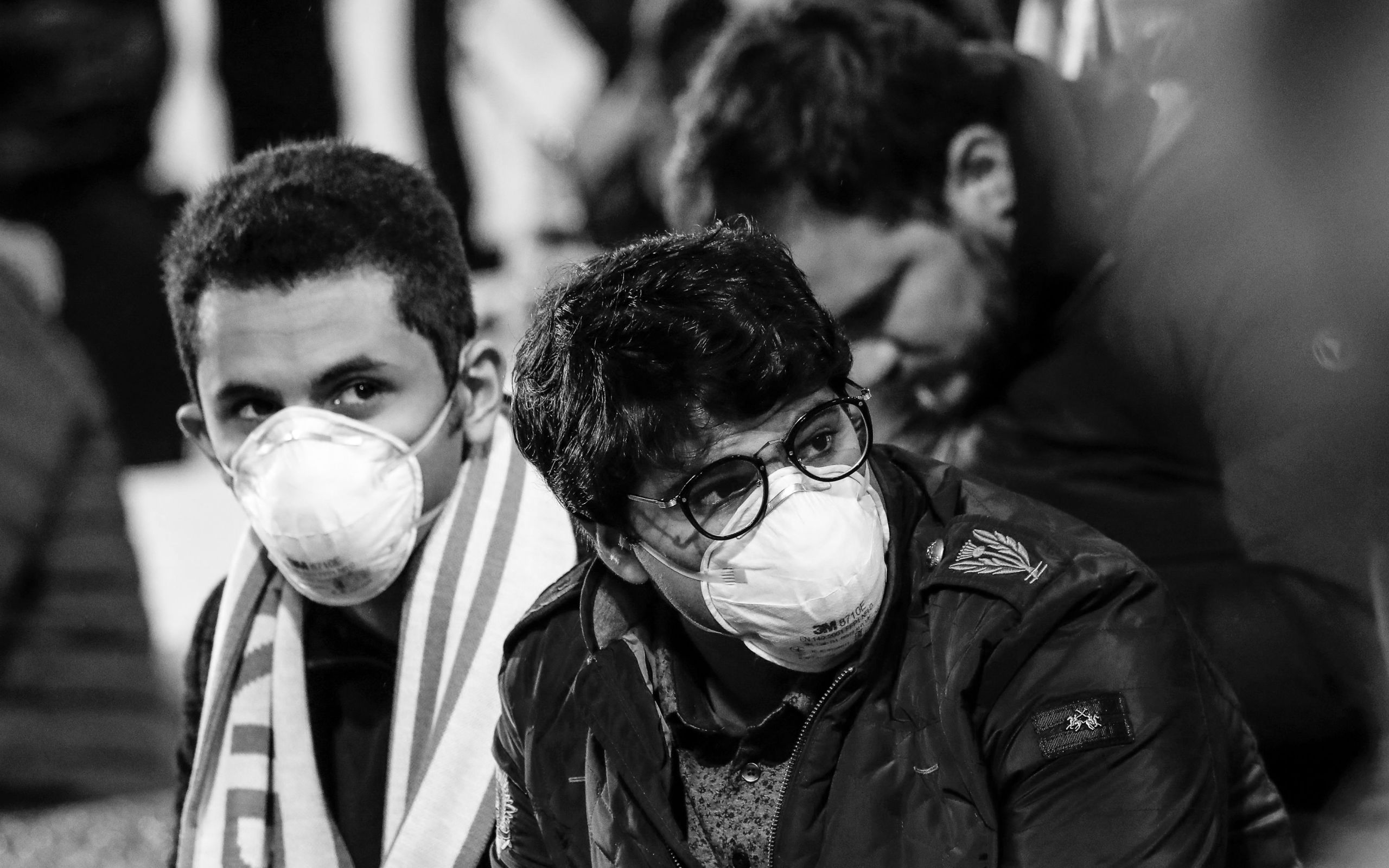
In Spain, football fans wear masks to fend off possible infection
In Spain, football fans wear masks to fend off possible infection
On 11 May, three new cases of covid-19 are confirmed in New Zealand. Two are linked to St Margaret's and the third to overseas travel. Prime Minister Jacinda Ardern outlines what the country's staggered move to level two, beginning 14 May, will look like.
The following day, 12 May, no new cases of covid-19 are reported. On 13 May, there are no new cases for a second day in a row. The total number of cases remains at 1497.
New Zealand enters it's first day at level two on 14 May, and for a third day in a row, no new cases of covid-19 are announced. Globally, the death toll approaches 300,000. The government unveils a $50 billion recovery package as part of Budget 2020.
On 15 May, a new case of covid-19, liked tot he Marist cluster, is reported. The following day, no new cases are announced. On 17 May, one new case, linked to the Rosewood Rest Home cluster in Christchurch, is confirmed, bringing the total number of cases to 1499. The Ministry of Health says 96 percent of people in New Zealand with covid-19 have recovered.
On 18 May, no new cases of covid-19 are announced. There are 45 active cases in the country, with 1433 people having recovered and 21 deaths.
In New Zealand, no new cases are announced over the next three days. In a briefing on 20 May, WHO director-general Tedros Adhanom Ghebreyesus says there have been 106,000 cases of covid-19 reported to the WHO in the last 24 hours, the most in a single day since the outbreak began. "We still have a long way to go in this pandemic", he says.
Between 21 May and 27 May, one new case of covid-19 is reported in New Zealand. The case is linked to the St Margaret's Hospital and Rest Home cluster. The total number of cases in New Zealand is 1504, with 21 active cases.
On 28 May, no new cases are announced, but New Zealand's death toll rises to 22, after the death of St Margaret’s Hospital and Rest Home resident Eileen Hunter. The 96 year old survived covid-19, but died on 24 May.
The following day, for the seventh day in a row, no new cases of covid-19 are reported. Only one active case remains in the country.
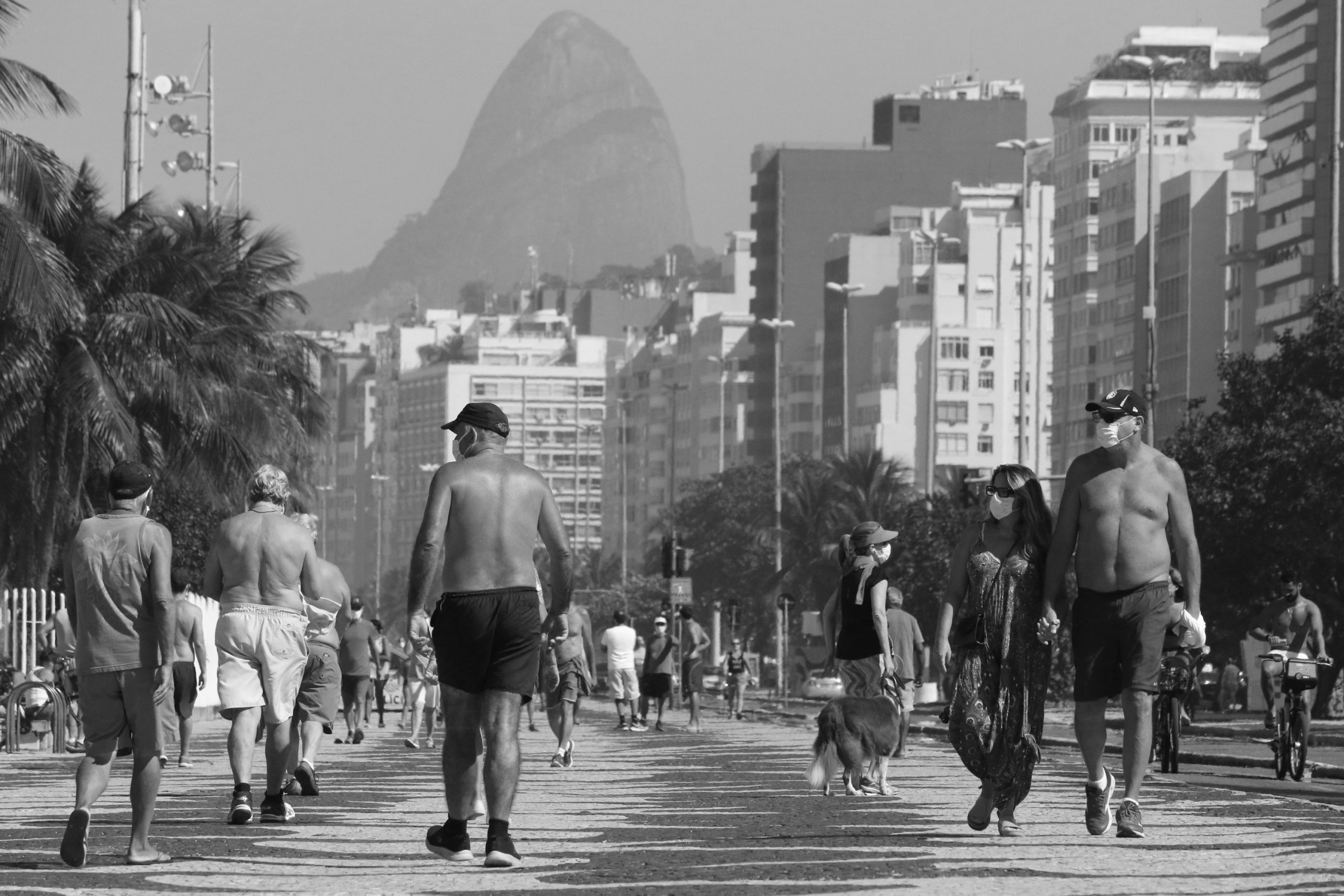
Copacabana beach in Rio de Janeiro, Brazil. The South American country's death toll has surpassed Italy's.
Copacabana beach in Rio de Janeiro, Brazil. The South American country's death toll has surpassed Italy's.
JUNE 2020
On 3 June no new cases are reported in New Zealand for the 12th day in a row. One case of covid-19 remains active. Globally, the number of confirmed cases is 6,378,239. Globally, 380,250 deaths are associated with covid-19.
On 7 June, New Zealand's one case of covid-19 remains active. Brazil has surpassed Italy as the country with the third highest covid-19 related death toll (35,930), after the United States (110,110) and the United Kingdom (40,625).
The following day, 8 June, the Ministry of Health reports that there are no more active cases of covid-19 in the country. “Having no active cases for the first time since 28 February is certainly a significant mark in our journey," says Director-General of Health Dr Ashley Bloomfield. "But as we’ve previously said, ongoing vigilance against covid-19 will continue to be essential."
At 11.59pm, the country moves to alert level one. Restrictions on work, school, sports, domestic travel and gathering size are lifted. Border controls continue - people entering the country will be tested and mandatory 14 day managed quarantine or isolation measures remain in place.
On 16 June, after 24 consecutive days without a new case of covid-19 in New Zealand, two new cases are announced. The Ministry of Health says the two new cases are related to the border, as a result of recent travel from the UK.
In the following days, further information relating to the new cases emerges, including that they are in sisters who were released from isolation to travel from Auckland to Wellington to visit a dying parent. The Prime Minister has described the incident as "an unacceptable failure of the system".
On 18 June, Ashley Bloomfield announces a new case of covid-19 in a man in his 60s who flew in from Pakistan and is in isolation at an Auckland hotel. This brings the total number of confirmed and probable cases in New Zealand to 1507.
Over the next few days, several more people test positive for covid-19. All are recent arrivals into the country and all remain in isolation. On 22 June, the total number of active cases is nine.
As the number of flights into New Zealand increases, so does the number of new covid-19 cases caught at the border. On 29 June, the number of active cases is 22. All are in managed isolation. Globally, the number of cases has topped 10 million, with more than 500,000 deaths. Outbreaks are still spreading in many parts of the world, with 1 million new cases recorded in the last six days.
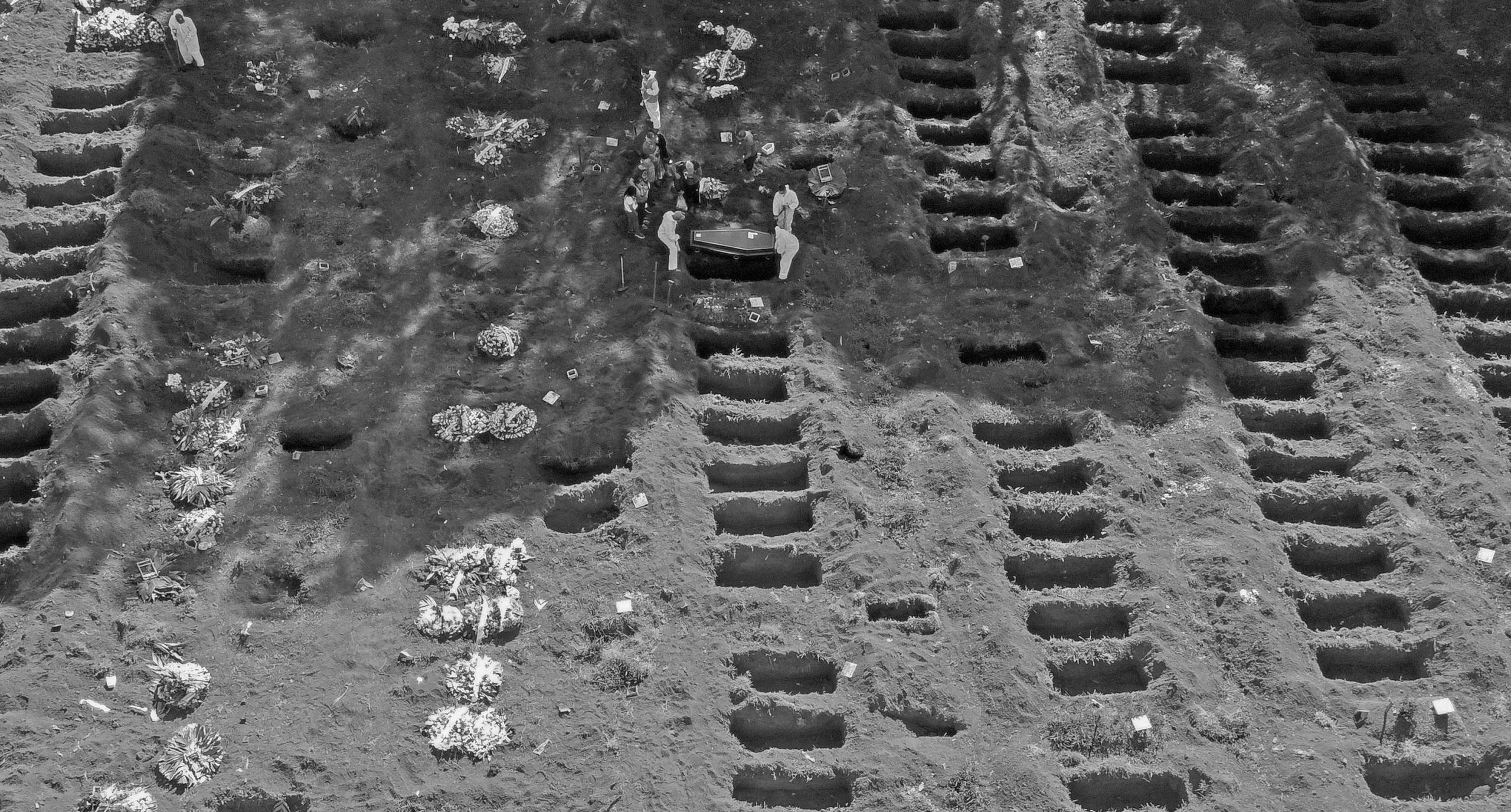
The Vila Formosa cemetery in Sao Paulo, Brazil.
The Vila Formosa cemetery in Sao Paulo, Brazil.
JULY 2020
A cluster of new cases of covid-19 in Melbourne has seen parts of the city put back into lockdown. This includes approximately 3000 residents of nine tower blocks in the inner city suburb of Flemington, about 80 percent of whom are refugees from East African countries. A heavy police presence at the apartments is stopping people from coming and going from the apartments, and concerns have been raised about residents' mental health.
On 6 July, 127 new cases are reported in Melbourne, bringing the number of cases in the Australian state of Victoria to 2660. In New Zealand, the number of active cases of covid-19 on 7 July is 22. Globally, 11.5 million cases of covid-19 have been confirmed and more than 536,000 people have died.
At 12 July, there are 25 active cases of covid-19 in New Zealand. All are in managed isolation. The total number of confirmed and probable cases in New Zealand is 1544.
Globally, the pandemic continues to rage, with 12.9 million confirmed cases and more than 567,100 deaths. The number of cases in the United States is 3.3 million, with more than 135,000 dead. In Brazil, 1.8 million cases are confirmed - including in president Jair Bolsonaro. India and Russia are the third and fourth worst affected countries, followed by Peru, Chile, Mexico and the United Kingdom which has had nearly 300,000 cases and nearly 45,000 deaths.
At 23 July, there are 22 active cases of covid-19 in New Zealand. Globally, in the last 24 hours, the World health Organisation reports 247,225 new cases and 7097 new deaths.
AUGUST 2020
At 4 August, the number of active cases in New Zealand is 22. One week later, on 11 August, the number of active cases remains at 22. The total number of confirmed and probable cases in New Zealand is 1570. The death toll remains at 22. In Victoria, the number of cases of covid-19 has surpassed 15,000. There have been 247 covid-19 related deaths in the Australian state.
At noon on 12 August, the greater Auckland region moves back into lockdown alert level three.
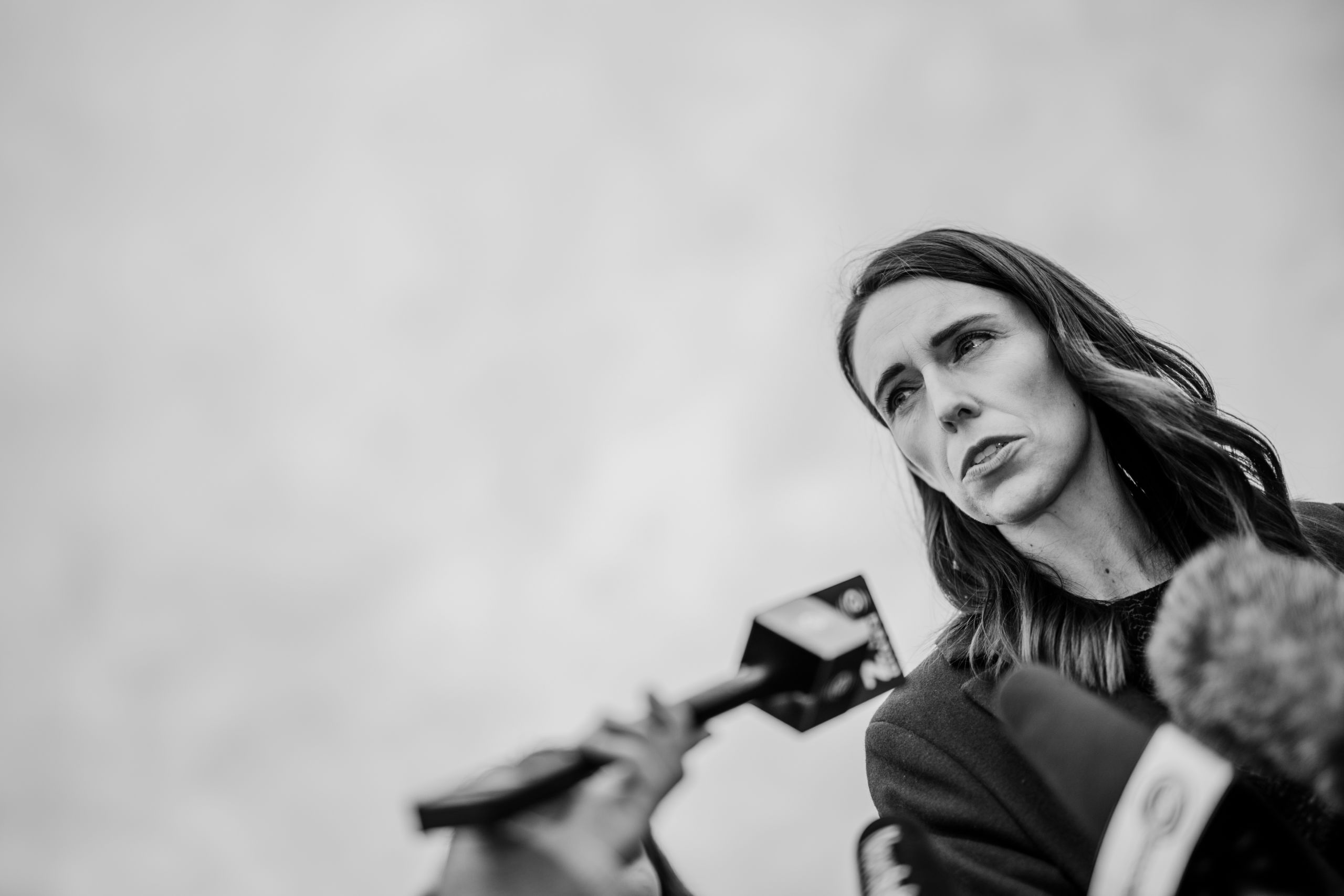
Prime Minister Jacinda Ardern
Prime Minister Jacinda Ardern
The rest of the country moves into alert level two. The previous evening, Prime Minister Jacinda Ardern and Director-General of Health Dr Ashley Bloomfield announce that, after 102 days without community transmission, four members of a family in South Auckland have tested positive for covid-19. The source of the infections is currently unknown. In addition to the four confirmed cases, there are four probable cases of covid-19 linked to the family. Police have set up nine checkpoints in and out of Auckland to monitor who is entering and leaving the city.
On 13 August, there are 15 testing centres open for Aucklanders to get swabbed for covid-19. Long queues have formed outside many of them. Ashley Bloomfield announces 13 new confirmed cases -12 are linked to the Auckland family, which has been identified as a cluster. This brings the total number of cases linked to the cluster to 17. One other case is in a person in managed isolation who entered New Zealand from the Philippines. The total number of active cases in New Zealand is 36.
The following day, 14 August, 13 new cases of Covid-19 are reported -12 confirmed and one probable. Two of the new cases are in the South Waikato town of Tokoroa. Prime Minister Jacinda Ardern announces that Auckland will remain at alert level three and the rest of the country will remain at alert level two for 12 more days. The total number of active cases in New Zealand is 49. One person is in hospital.
On 16 August, the total number of active covid-19 cases in New Zealand is 69, including 49 from the Auckland cluster. The following day, nine new cases of covid-19 are reported in New Zealand. Prime Minister Jacinda Ardern announces the General Election will be moved to 17 October.
There are 13 new cases of covid-19 in the community on 18 August. Of two cases of community transmission that had not been linked to the Auckland cluster via contact tracing, one has now been linked by genomic sequencing. The second case has been linked to a managed isolation hotel in Auckland, and is not related to the cluster.
On 19 August, six new cases of covid-19 are reported in New Zealand. Five cases are in the community, linked to the Auckland cluster, and one is an imported case. Five people are in hospital in Auckland. Globally, the number of cases has surpassed 22 million, as the death toll approaches 800,000. The following day, five new cases of covid-19 are confirmed, all related to the Auckland cluster.
On 23 August, the total number of active cases of covid-19 in New Zealand is 114. New Zealand's death toll remains at 22. The following day, nine new cases are reported. One case is in a person who arrived in New Zealand from overseas, and eight others are linked to the Auckland cluster. The number of active cases of covid-19 in New Zealand is 123. The Prime Minister announces that the Auckland region is to remain in lockdown level three until 11.59pm on 30 August. The remainder of the country will stay at level two.
On 25 August, Dr Ashley Bloomfield announces that there are seven new cases of covid-19 in New Zealand, six are linked to the Auckland cluster and one is under investigation. Of the 129 people with active infections, eight are in hospital. Three people are in a critical condition in intensive care units.
On 26 August, there are five new cases. Two community cases are linked to the Auckland cluster, one is under investigation, and two are in people who have arrived from overseas. The following day, six new cases in the community are reported, and another is detected at the border. The number of active cases of covid-19 in New Zealand is 126, of which 11 are imported.
Between 28 and 31 August, 36 new cases of covid-19 are reported, of which 23 are in the community. Nine cases among members of Mt Roskill Evangelical Church are being classified as a 'sub-cluster' (linked to the main Auckland cluster) by the Health Ministry. In the week ending 30 August, more than 1.8 million new covid-19 cases and 38,000 deaths were reported to the World Health Organisation.
SEPTEMBER 2020
The number of cases in New Zealand continue to rise, with five new community infections linked to the Auckland cluster, and nine new imported cases reported on 1 September. Globally 25 million cases have been reported, with nearly 850,000 deaths. According to the WHO, the Americas account for approximately 13 percent of the world’s population, but more than 50 percent of officially reported global cases and deaths.
On 4 September, as small numbers of new cases linked to the Auckland cluster continue to be reported daily, the Prime Minister announces Auckland will remain at alert level "2.5" until at least 16 September. The total number of confirmed and probable cases of covid-19 in New Zealand is 1764. The number of active cases is 112.
The death of father of four Alan Te Hiko, who was in his 50s, is reported as New Zealand's 23rd covid-19 fatality. That evening, former Cook Islands Prime Minister and prominent doctor, Joe Williams, 82, dies. The Aitutaki-born doctor was admitted to hospital on 13 August. His death brings the country's death toll to 24.
Between 4 and 6 September, nine new community cases are reported, eight of which are linked to the Mt Roskill church 'sub-cluster'. Four imported cases are reported over the same period. With 4.2 million cases of covid-19, India overtakes Brazil as the country with the second highest number of cases after the United States, which has reported 6.3m infections to the WHO.
On 8 September, six new cases are reported in New Zealand - two are imported cases and four are linked to the Mt Roskill Evangelical church. The following day, six new cases, all linked to the church, are confirmed.
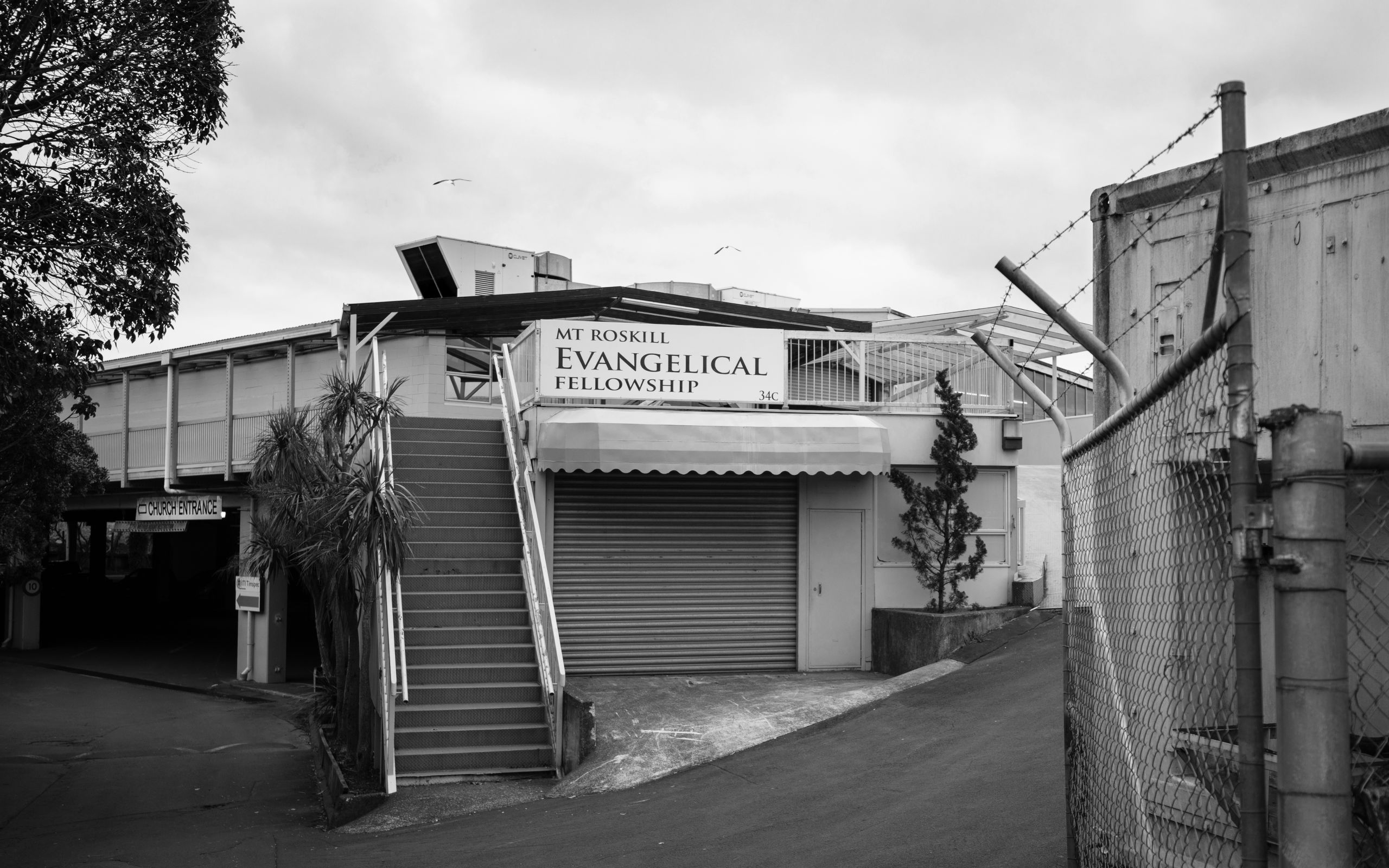
On 10 September, four new cases of covid-19 are reported. Two are linked to overseas travel and two are linked to the Mt Roskill Evangelical Fellowship. There are now 45 cases linked to the church, which has a congregation of 332 people. The following day, one new case, linked to the church, is reported. According to the Ministry of Health, 82 percent of the congregation has been tested for covid-19.
Over the following two days, four new cases - two linked to the Mt Roskill Evangelical Fellowship and two linked to the border (one in a quarantine facility health worker) - are reported. On 12 September, despite the country remaining at alert level two with a maximum gathering size of 10 people in Auckland, a large anti-lockdown protest takes place in Aotea Square. On 13 September, there are 97 active cases of covid-19 in New Zealand.
At Waikato Hospital, on the afternoon of 15 September, revered Raukawa leader and historian Nigel Huirama Te Hiko dies. His death comes less than a fortnight after his brother Alan's.
The Tokoroa family of the brothers ask New Zealanders to be vigilant and cautious, saying the covid-19 is "so real".
New Zealand's death toll is now 25. As community transmission slows, on 17 September, all seven new cases of covid-19 are detected in people who have arrived from overseas and who remain in quarantine. The number of active cases in New Zealand is 77. The country remains at alert level two, with extra restriction in place for the Auckland region. Alert levels will be reviewed on 21 September. The number of global cases of the virus approaches 30 million.
At 20 September, the number of active covid -19 infections in New Zealand is 71. These include new cases linked to a man who tested positive after being released from a two week mandatory quarantine period. The man returned to New Zealand from India on 27 August and was released from an isolation hotel on 11 September, after returning two negative tests. He tested positive after developing symptoms on September 16.
The following day, 21 September, the government announces that restrictions on gathering sizes in Auckland will ease from 11.59pm on 23 September. The rest of the country will move down to alert level one at 11.59pm on 21 September.
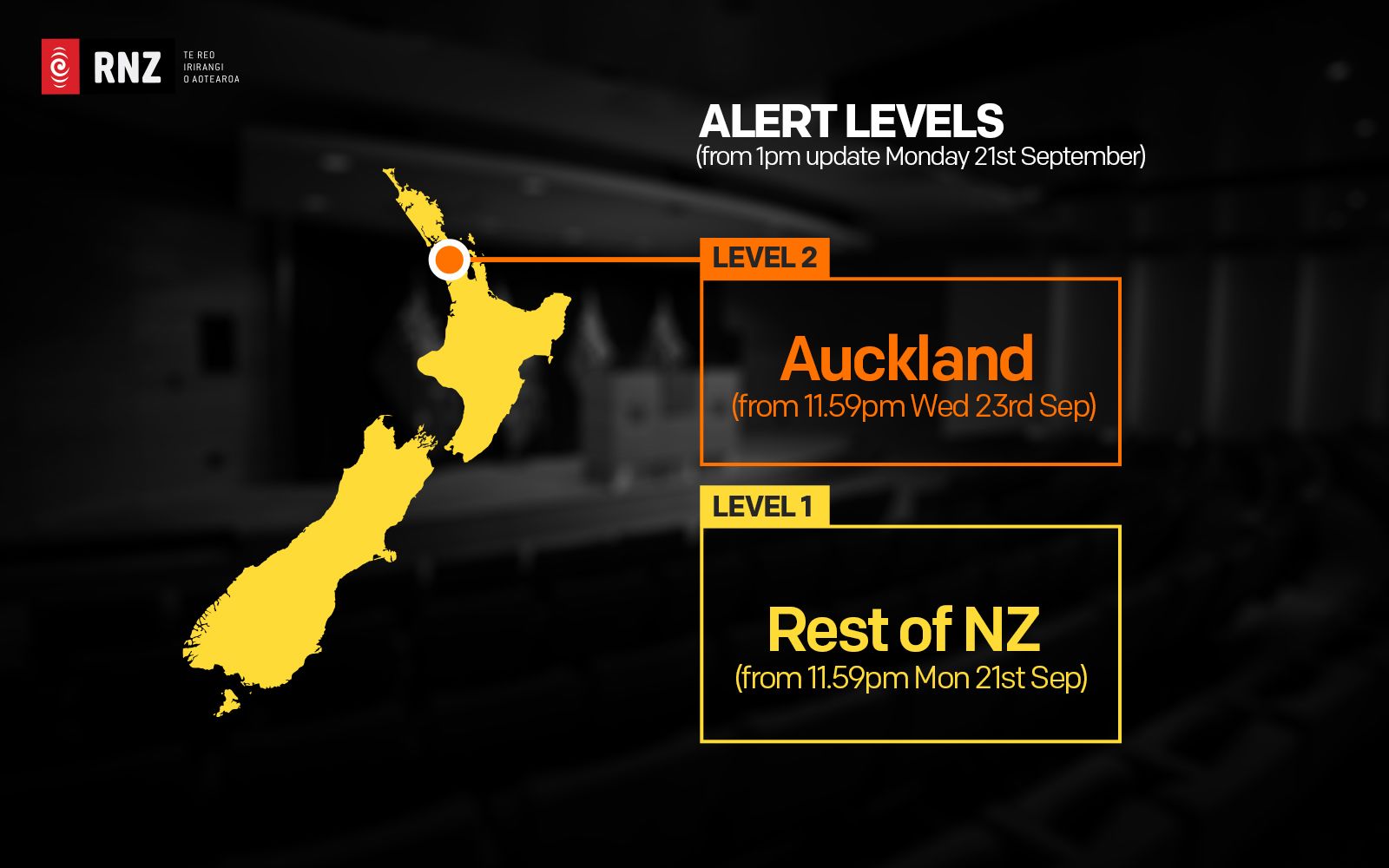
On 23 September new community cases are reported in three people who were on a chartered flight with a man who tested positive for covid-19 after completing managed isolation. Six 'historic' cases of covid-19 are reported in a Waikato family who were exposed to the virus by a family member visiting from Italy. According to the Ministry of Health, the infected visitor is now classified as New Zealand's first case of covid-19, "as they have reported having symptoms on arrival on 21 February, a week before our first reported case on 28 February".
On 29 September, the covid-19 death toll surpasses one million.
The New York Times reports the virus has taken more lives in the past 10 months than HIV, malaria, influenza, cholera and measles combined. The total number of confirmed and probable cases in New Zealand is 1835, of which 55 are active. There are no new cases of community transmission.
OCTOBER 2020
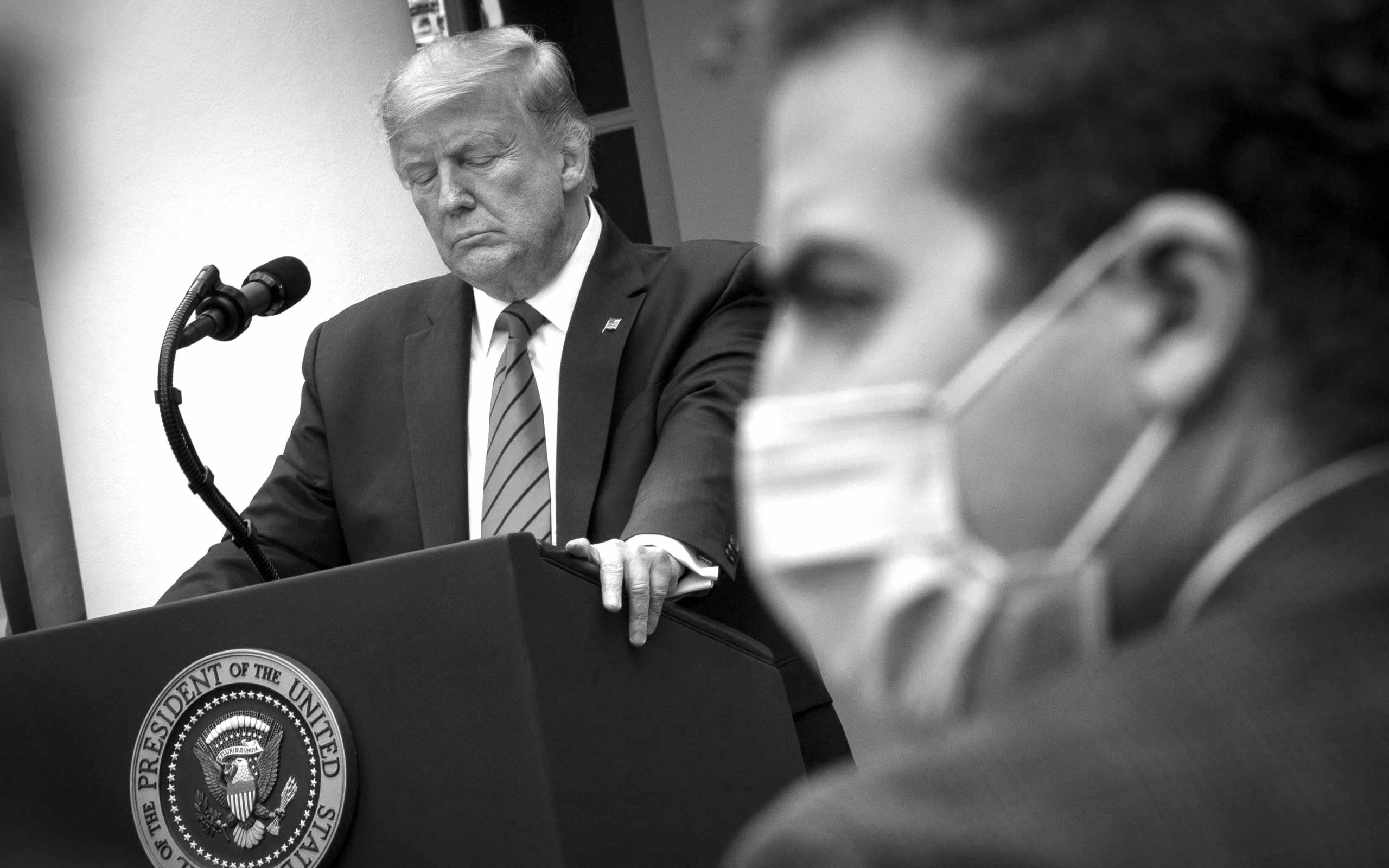
President Donald Trump, in May 2020
President Donald Trump, in May 2020
United States President Donald Trump tests positive for Covid-19 on 2 October. He is hospitalised the following day. At 5 October, there are 40 active cases of covid-19 in New Zealand. Of those, 34 are imported and six are from community transmission. The last community case of the virus was reported on 25 September.
On 8 October, Auckland joins the rest of the country at alert level one.
Writer
Susan Strongman
Photographs and video
AFP, Dan Cook, Ian Telfer, Dom Thomas, Claire Eastham-Farrelly
Editor
Veronica Schmidt
Data visualisation
Kate Newton
Art direction and design
Luke McPake
Development
Josephine Hall
Data sourced from John Hopkins University,
NZ Ministry of Health, and ourworldindata.org
